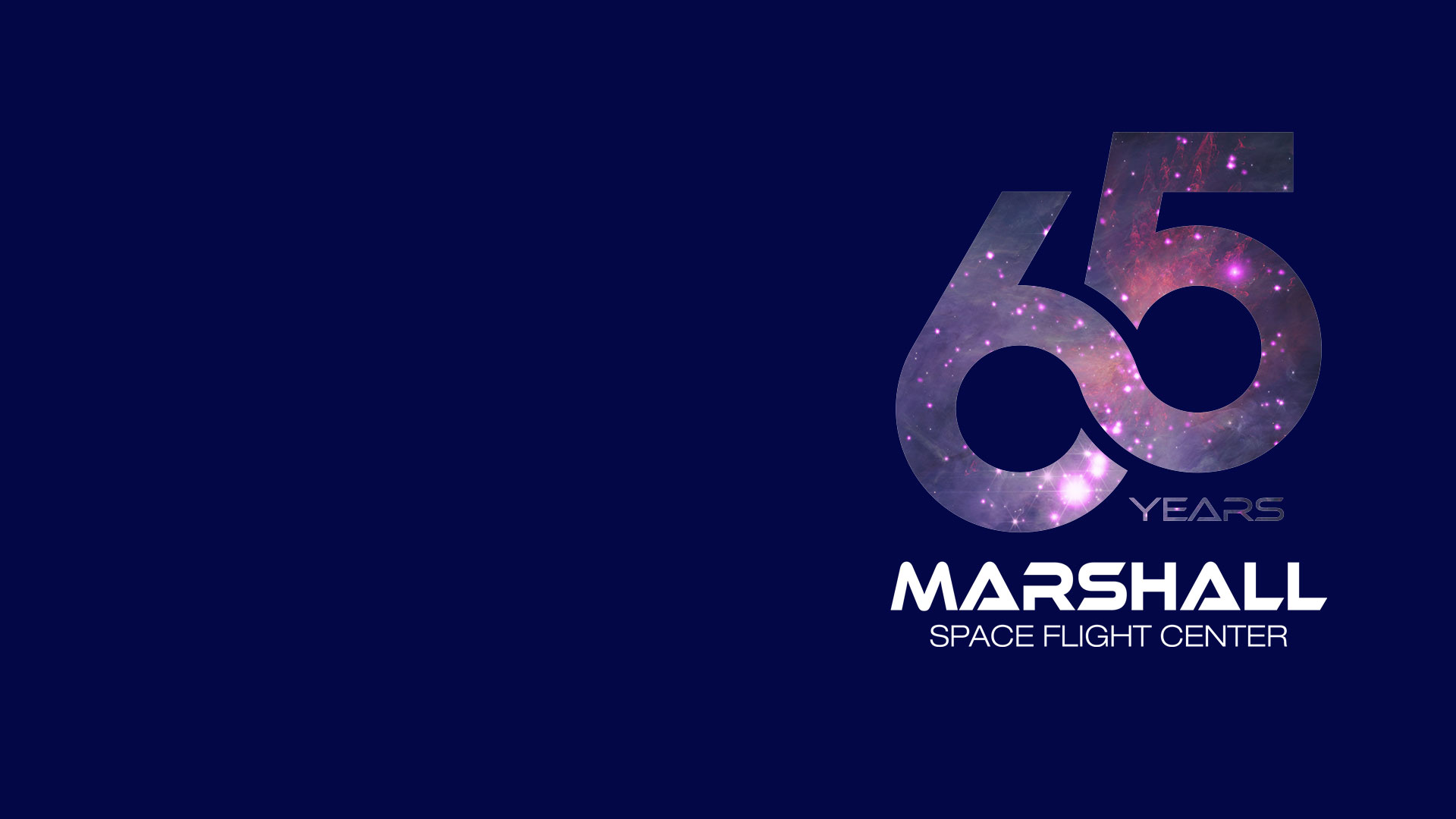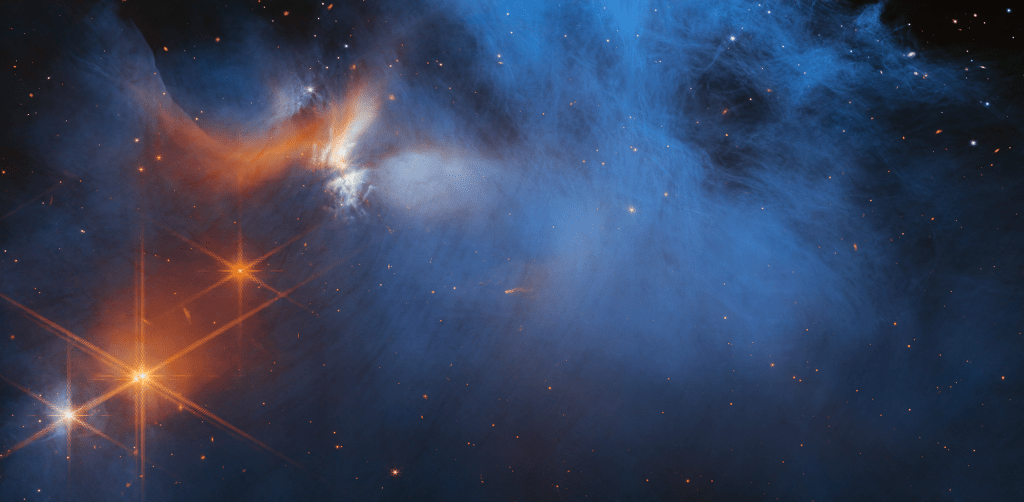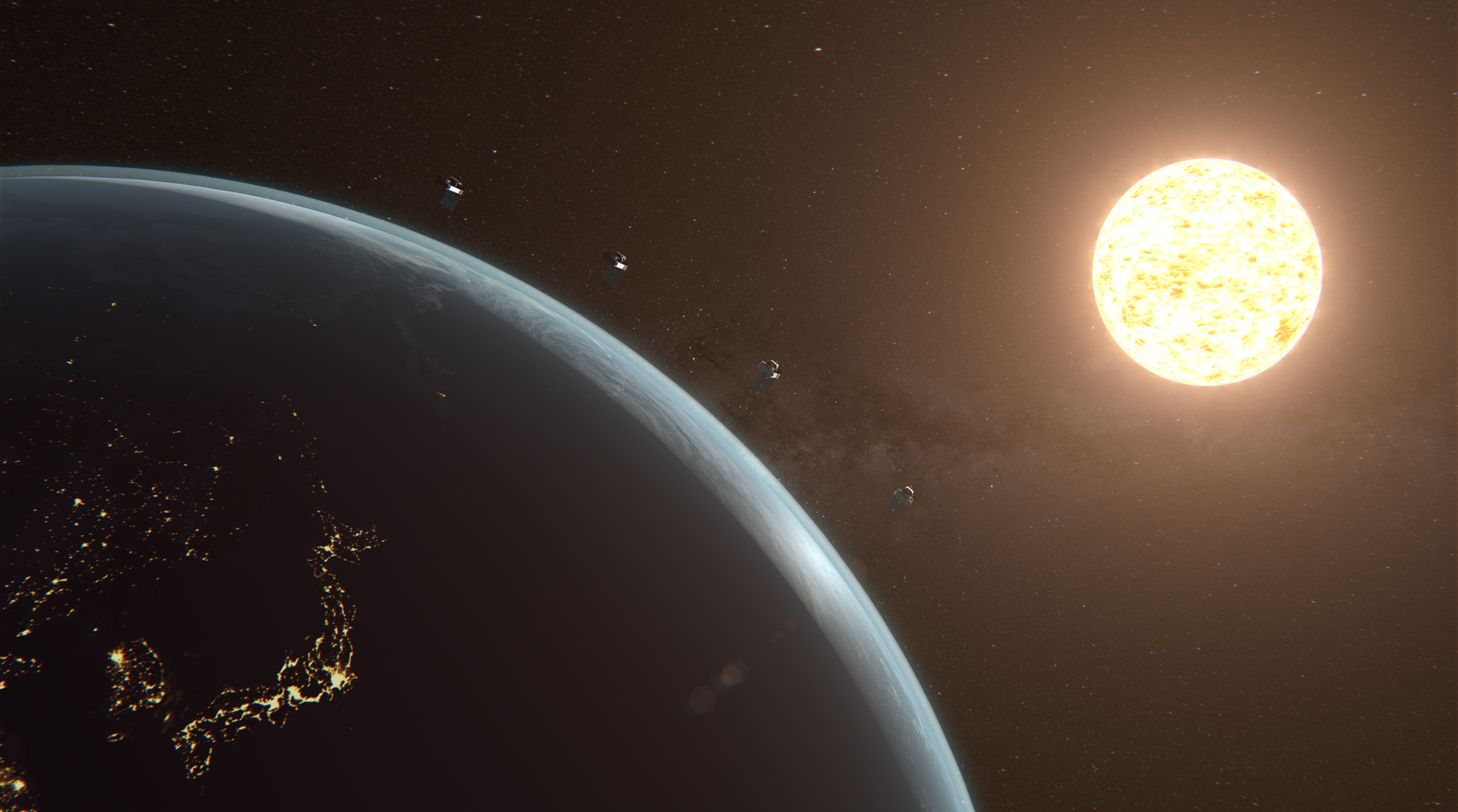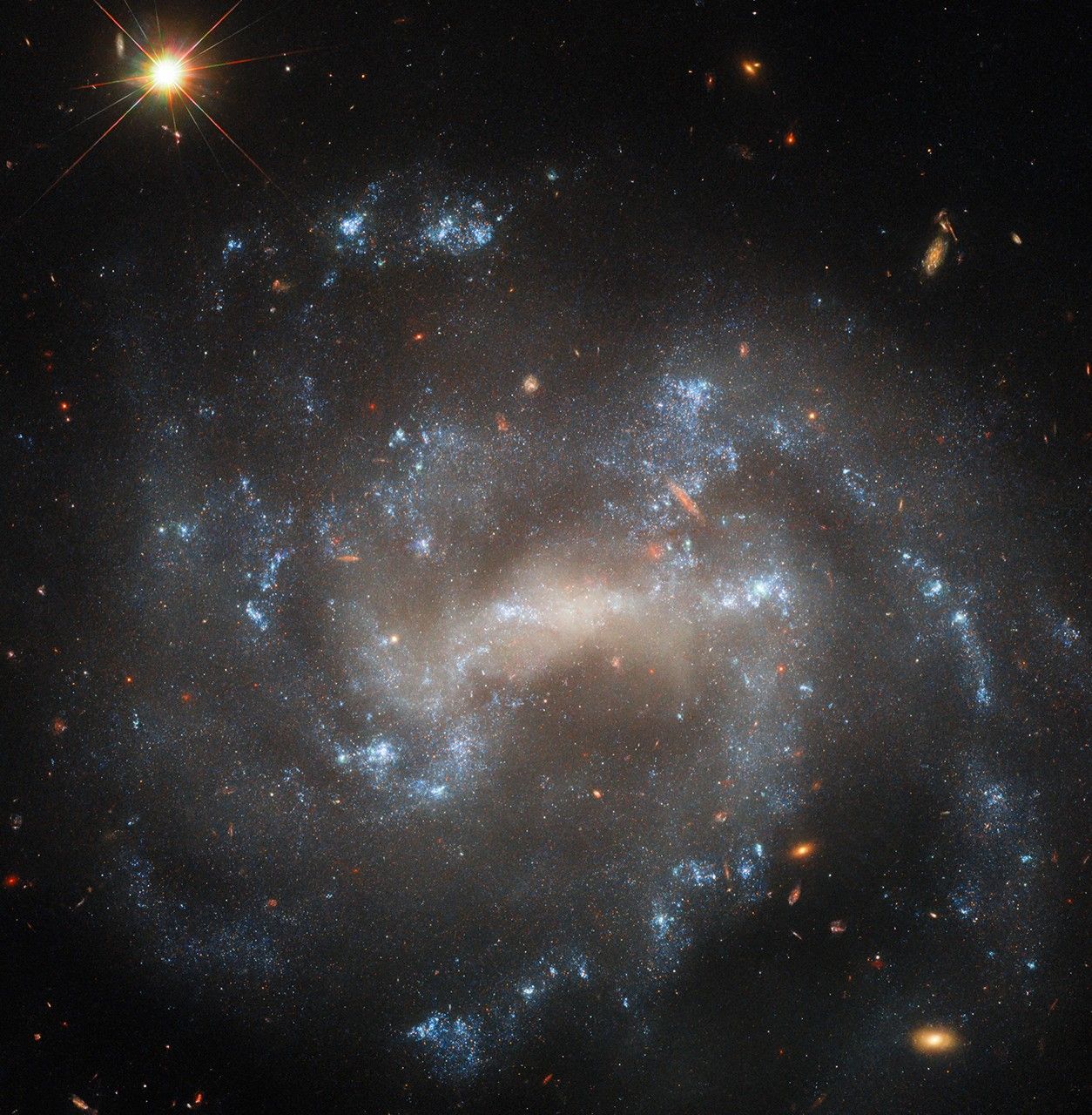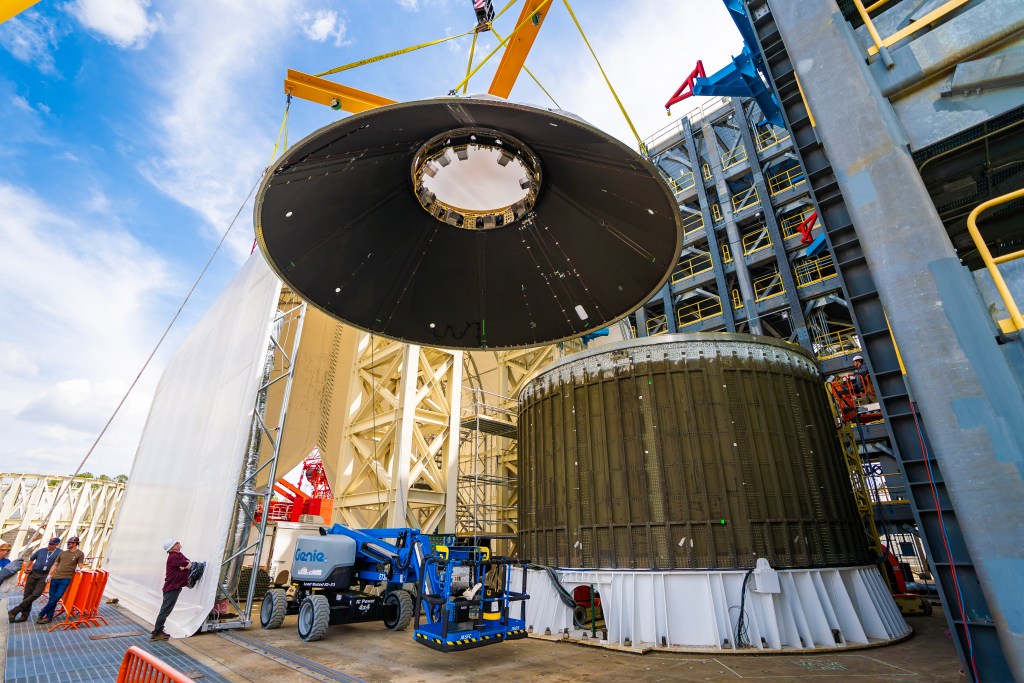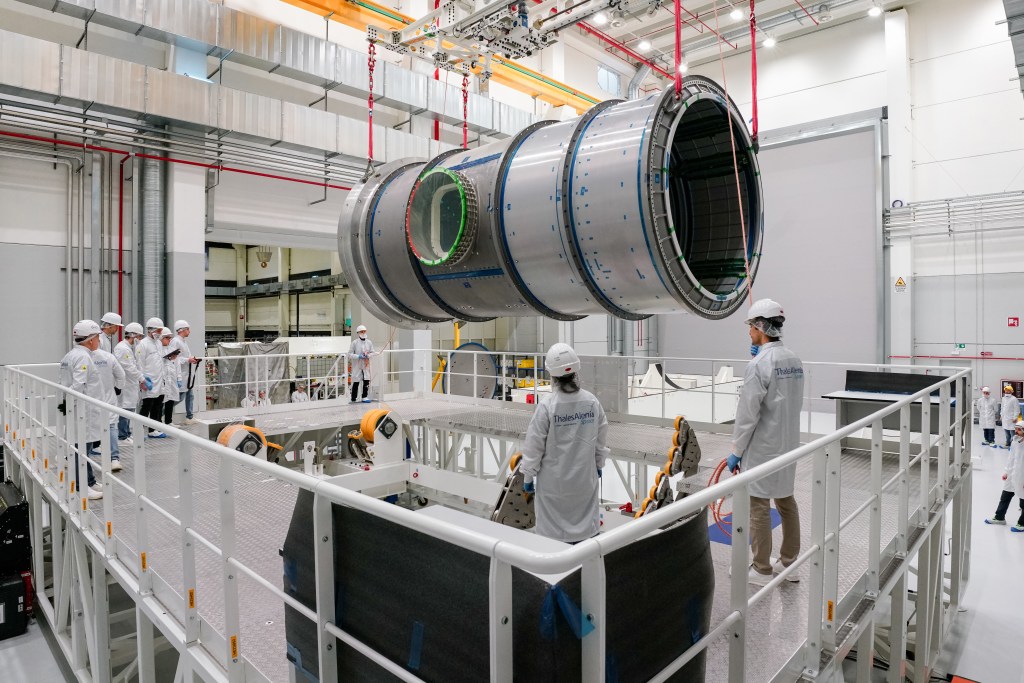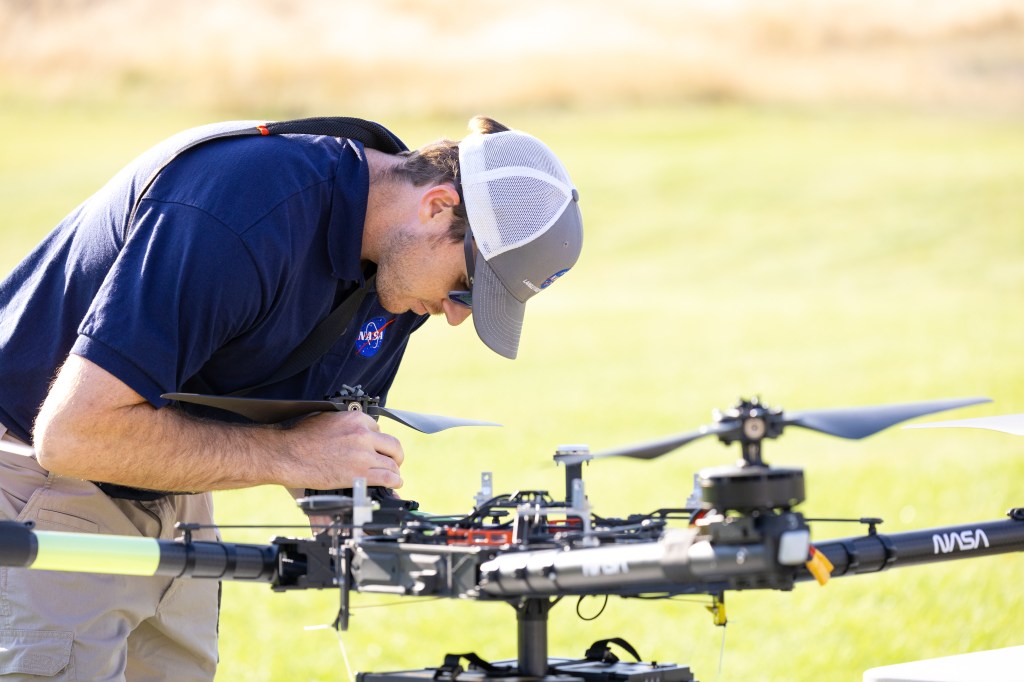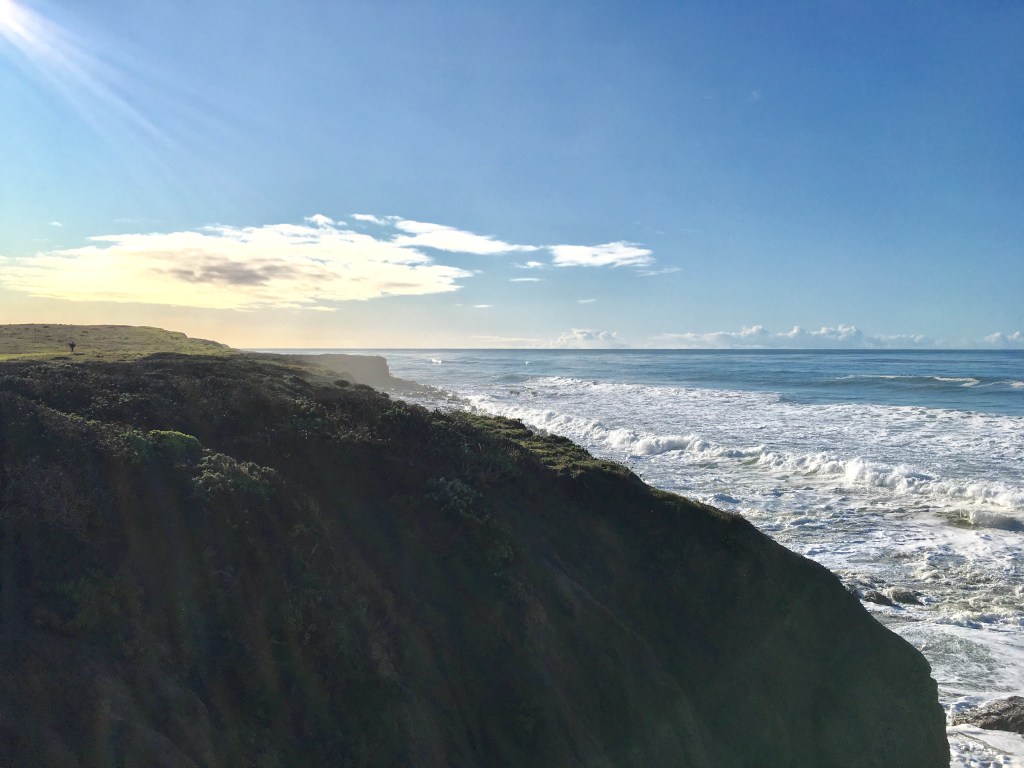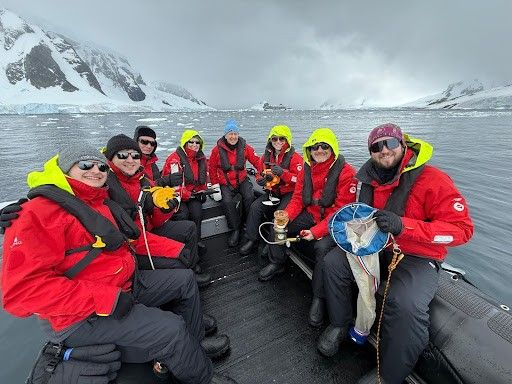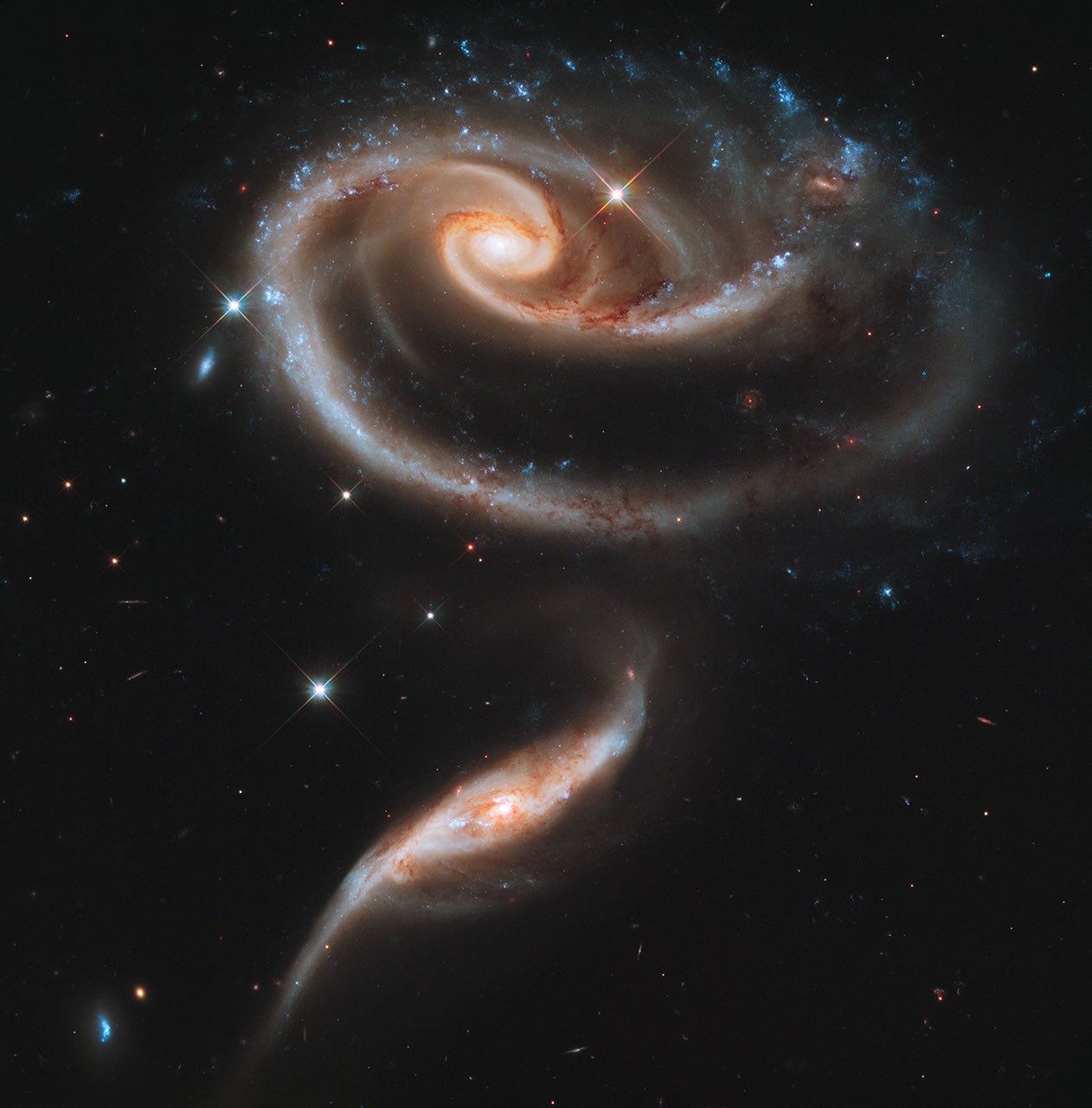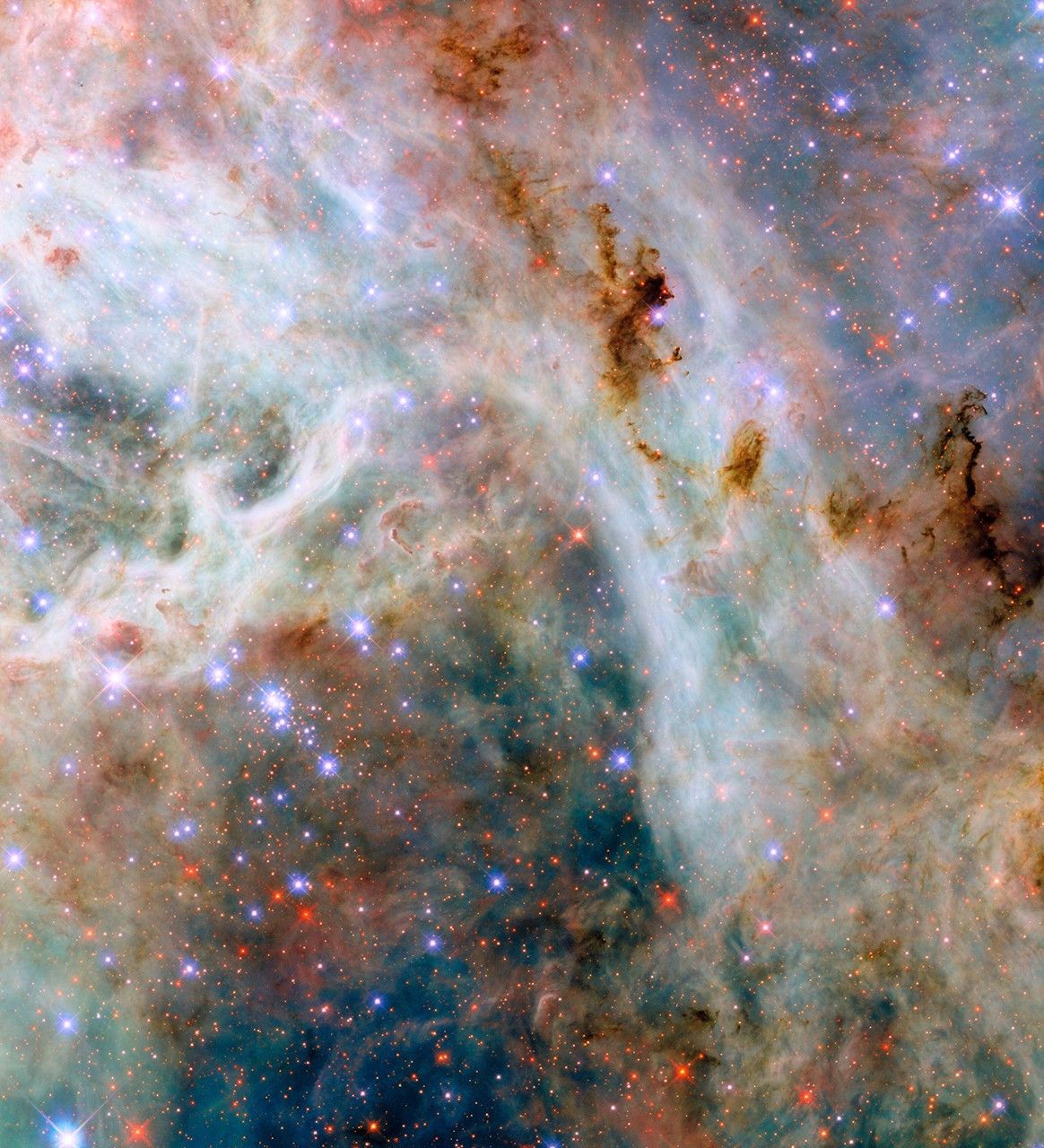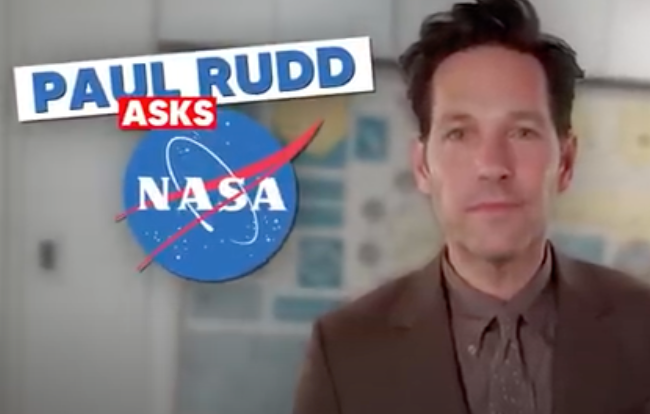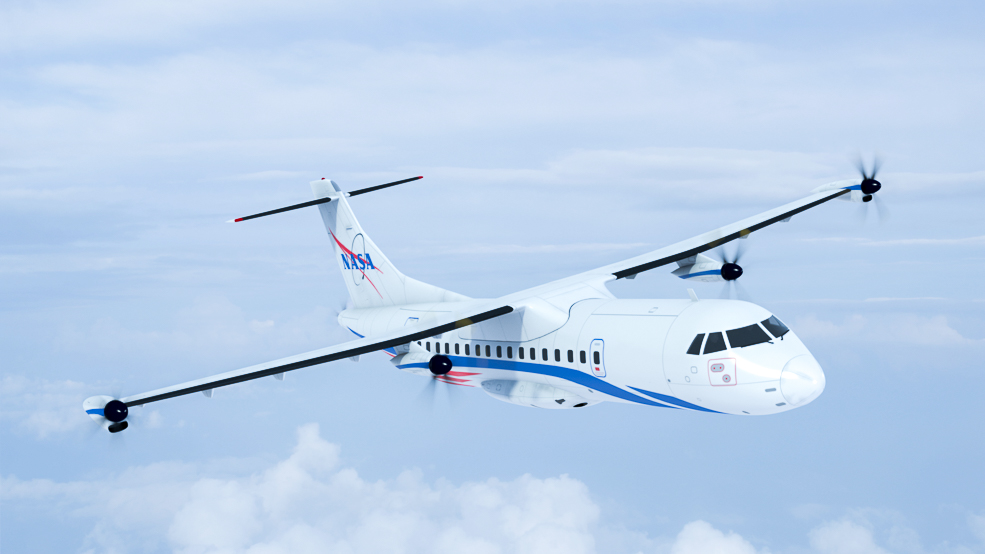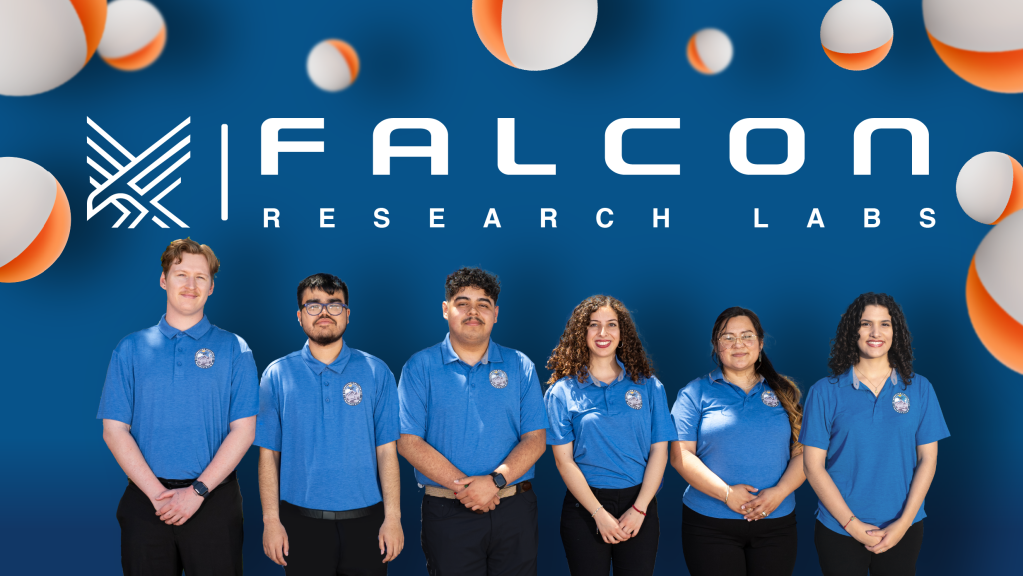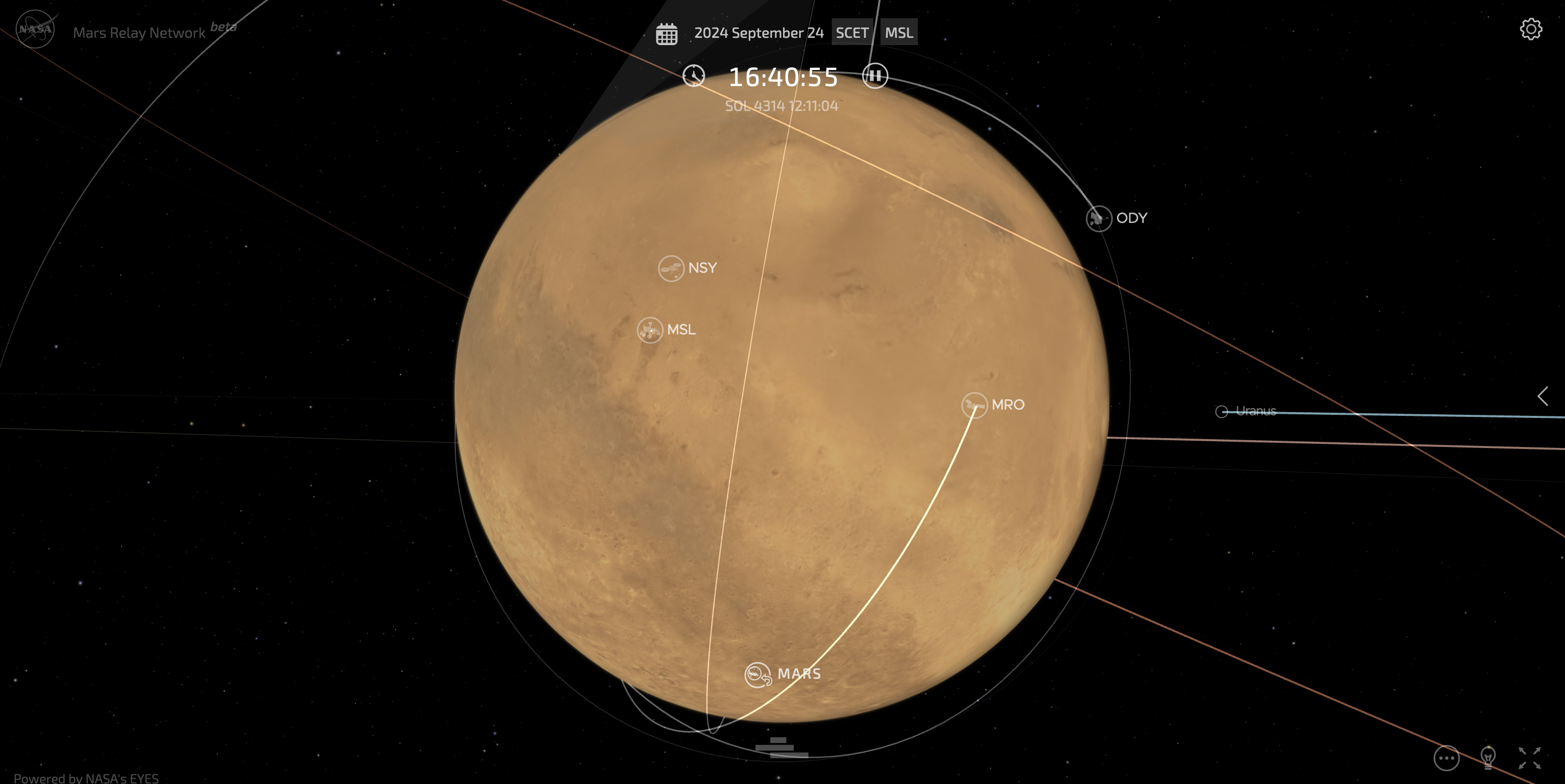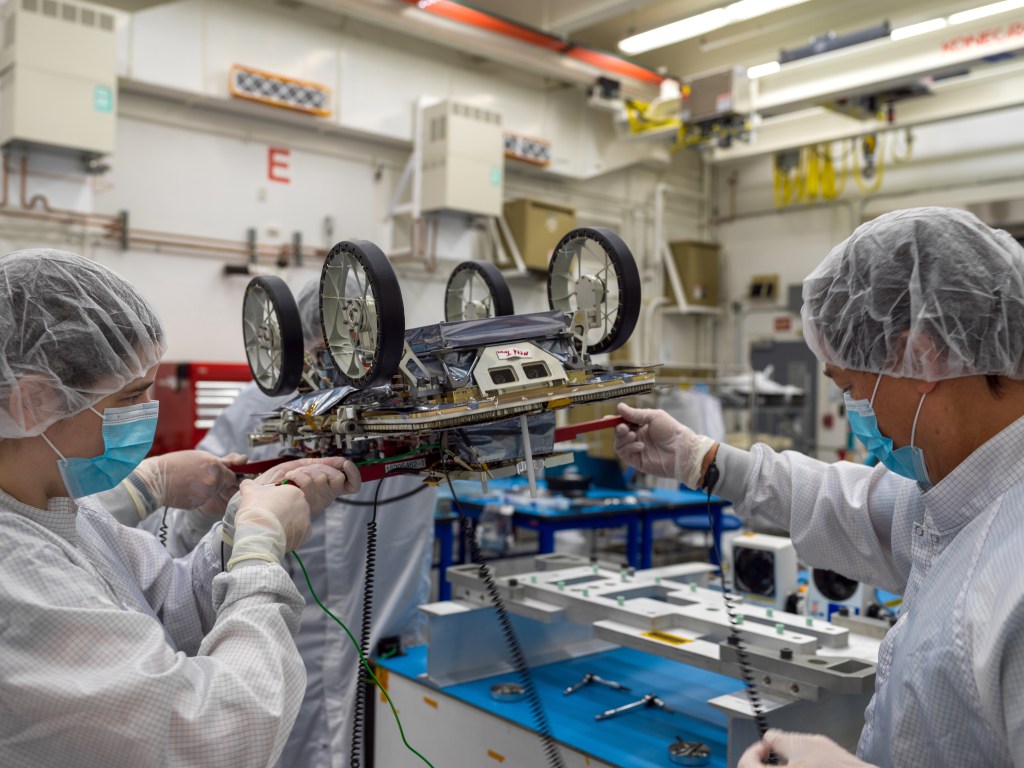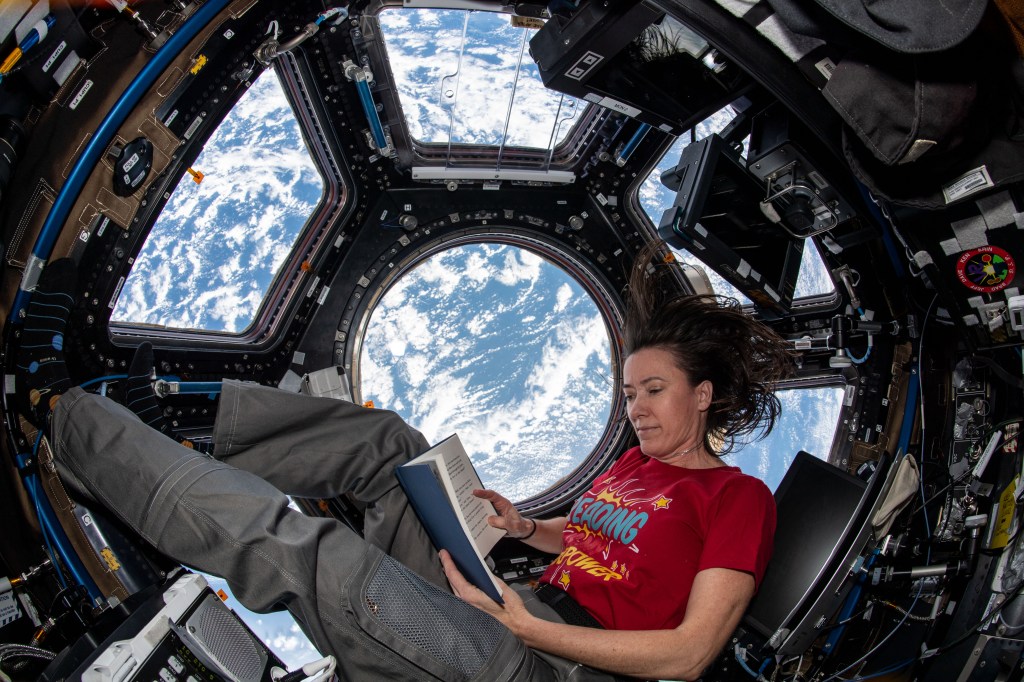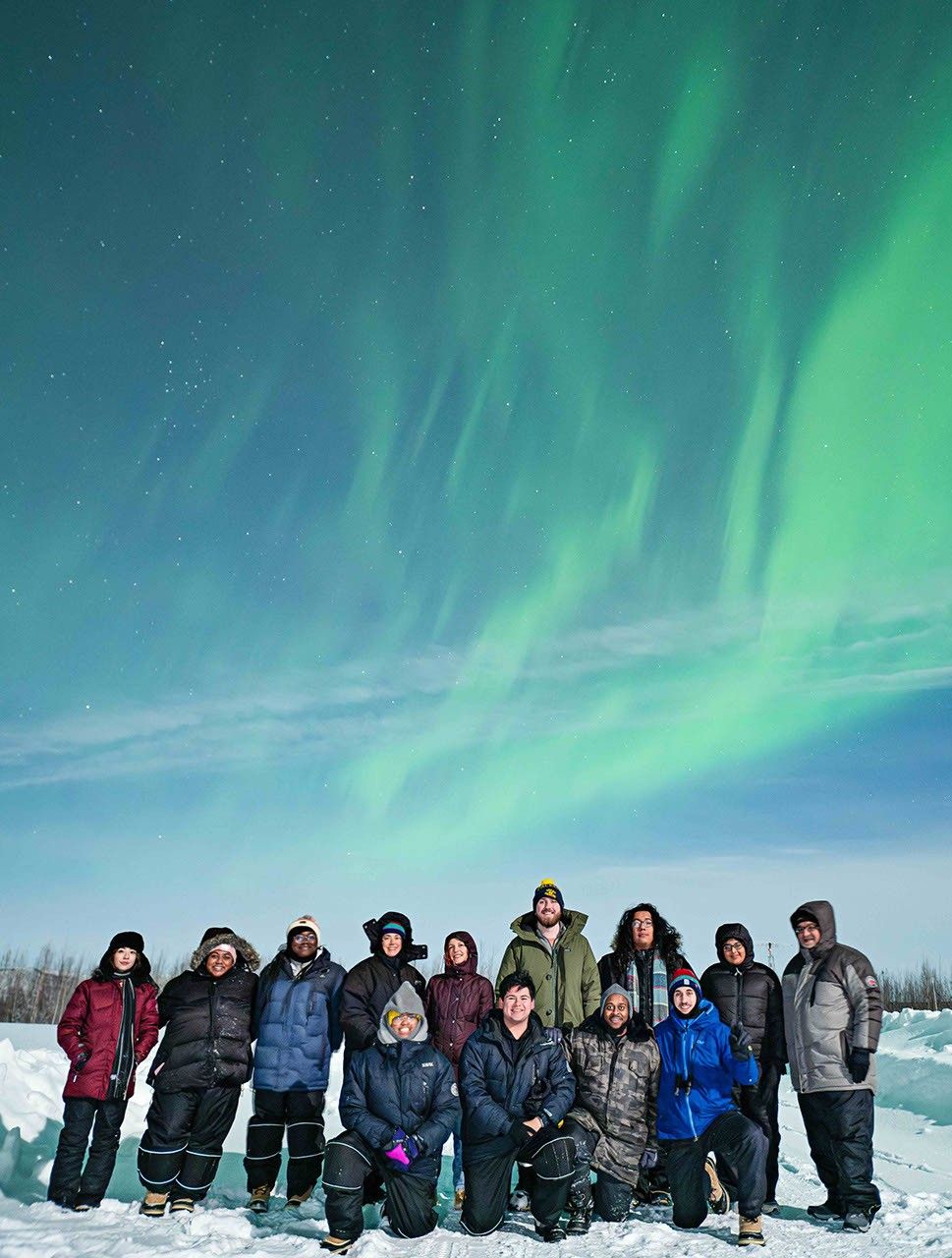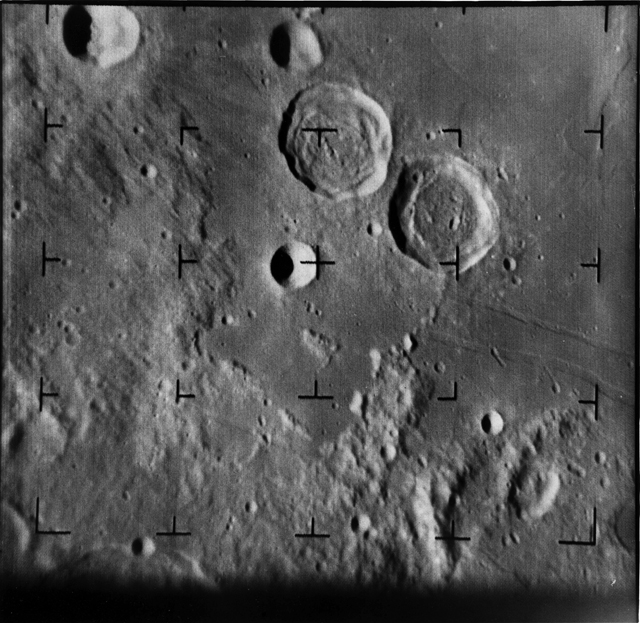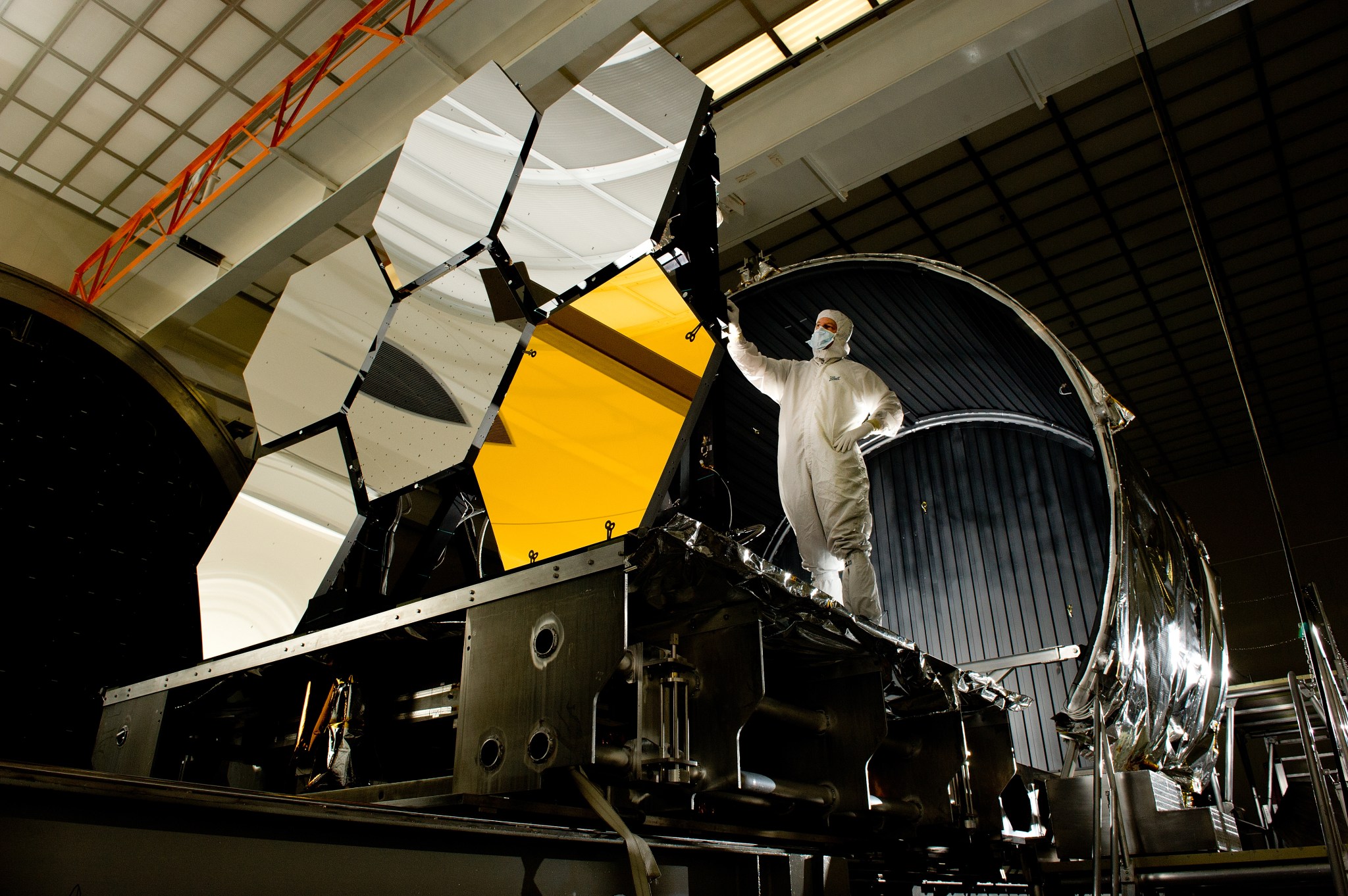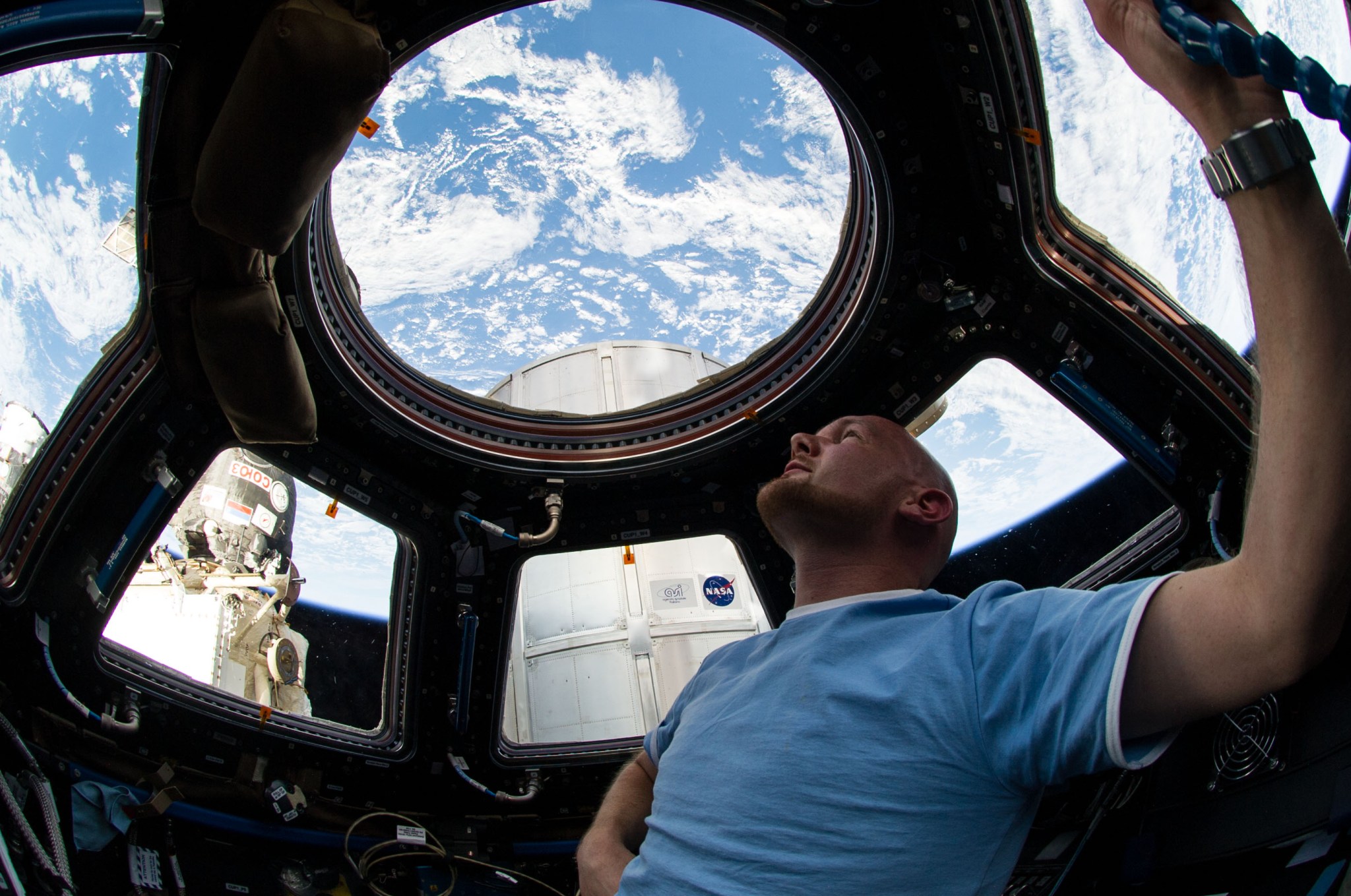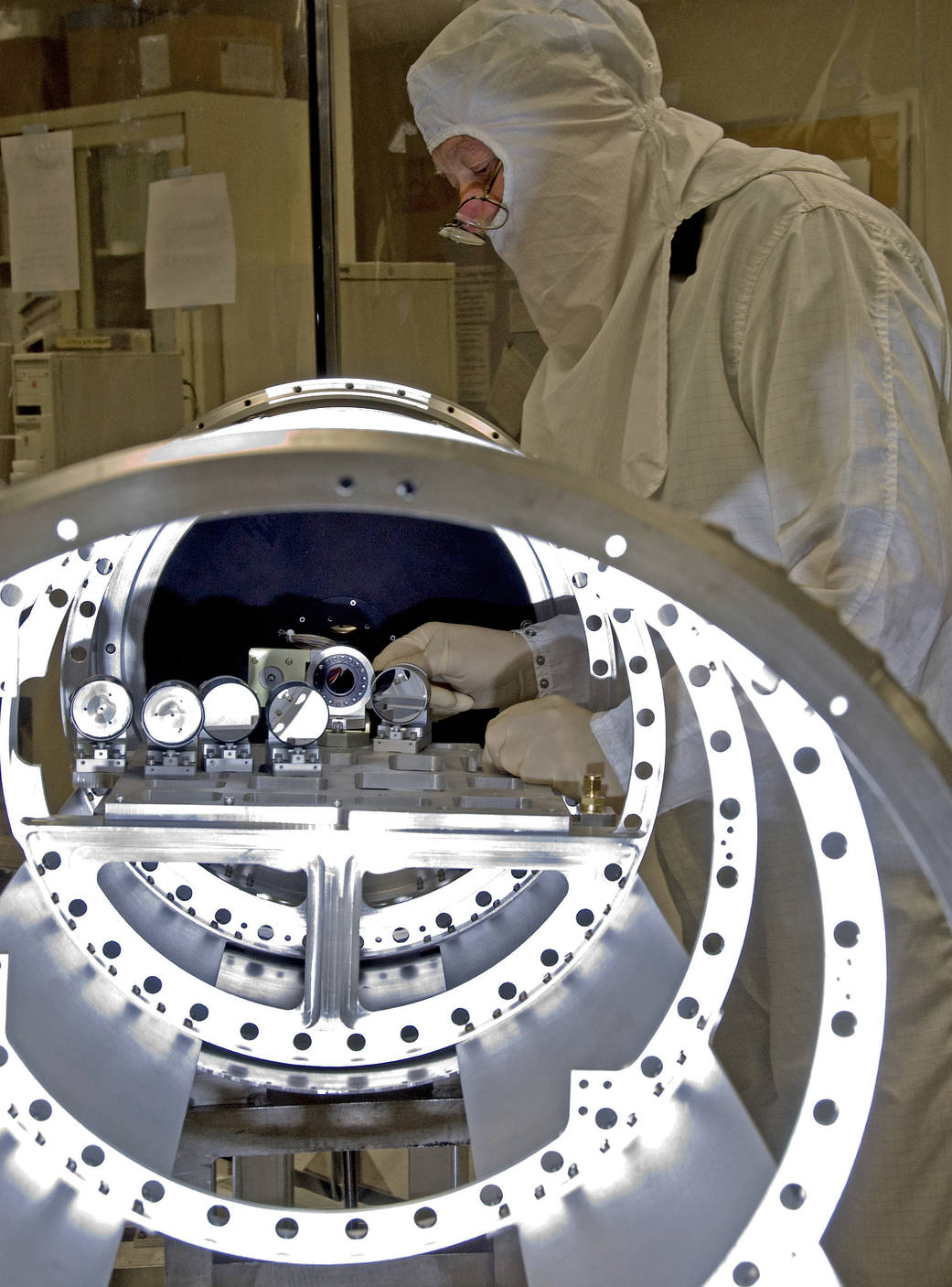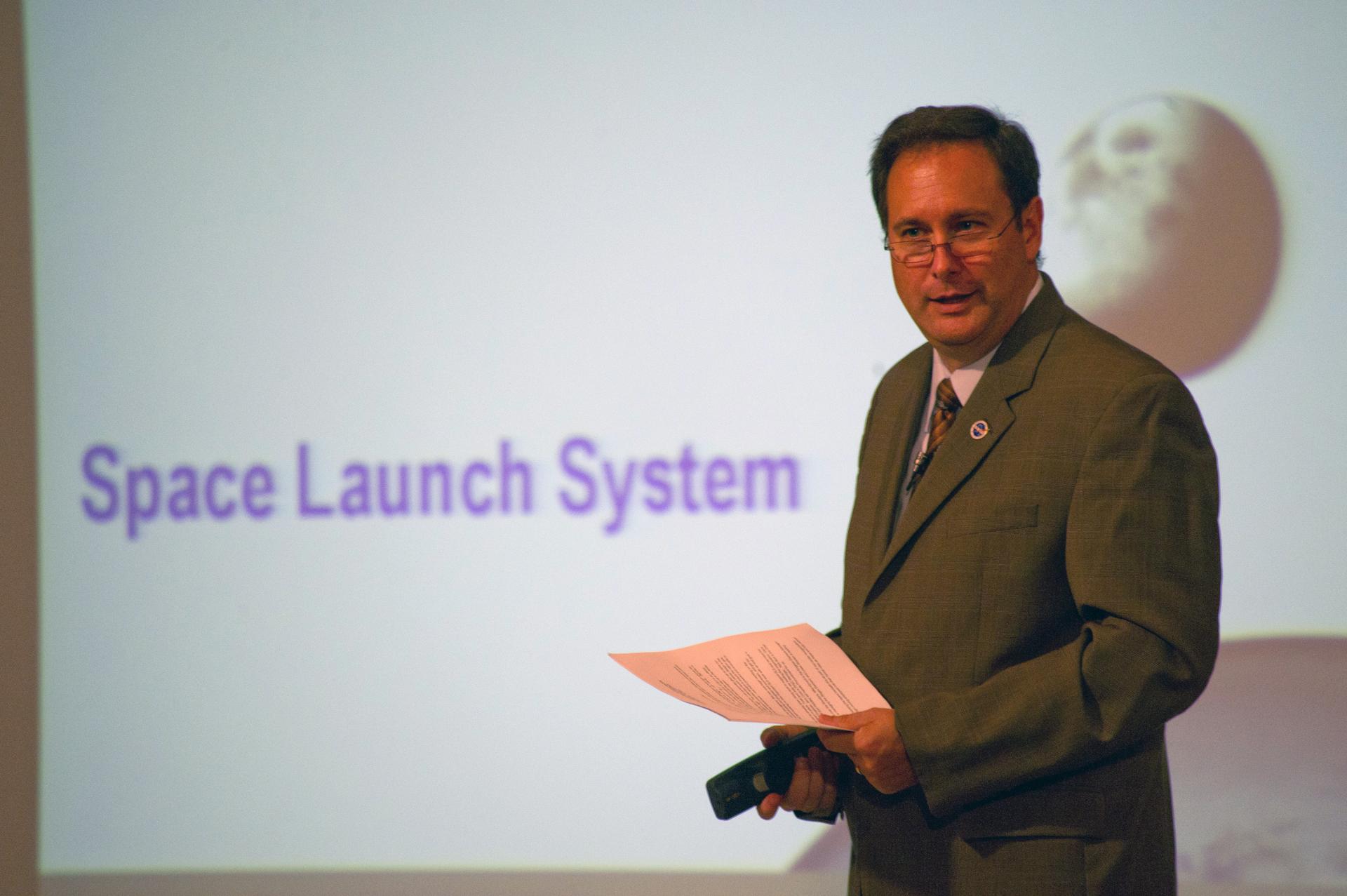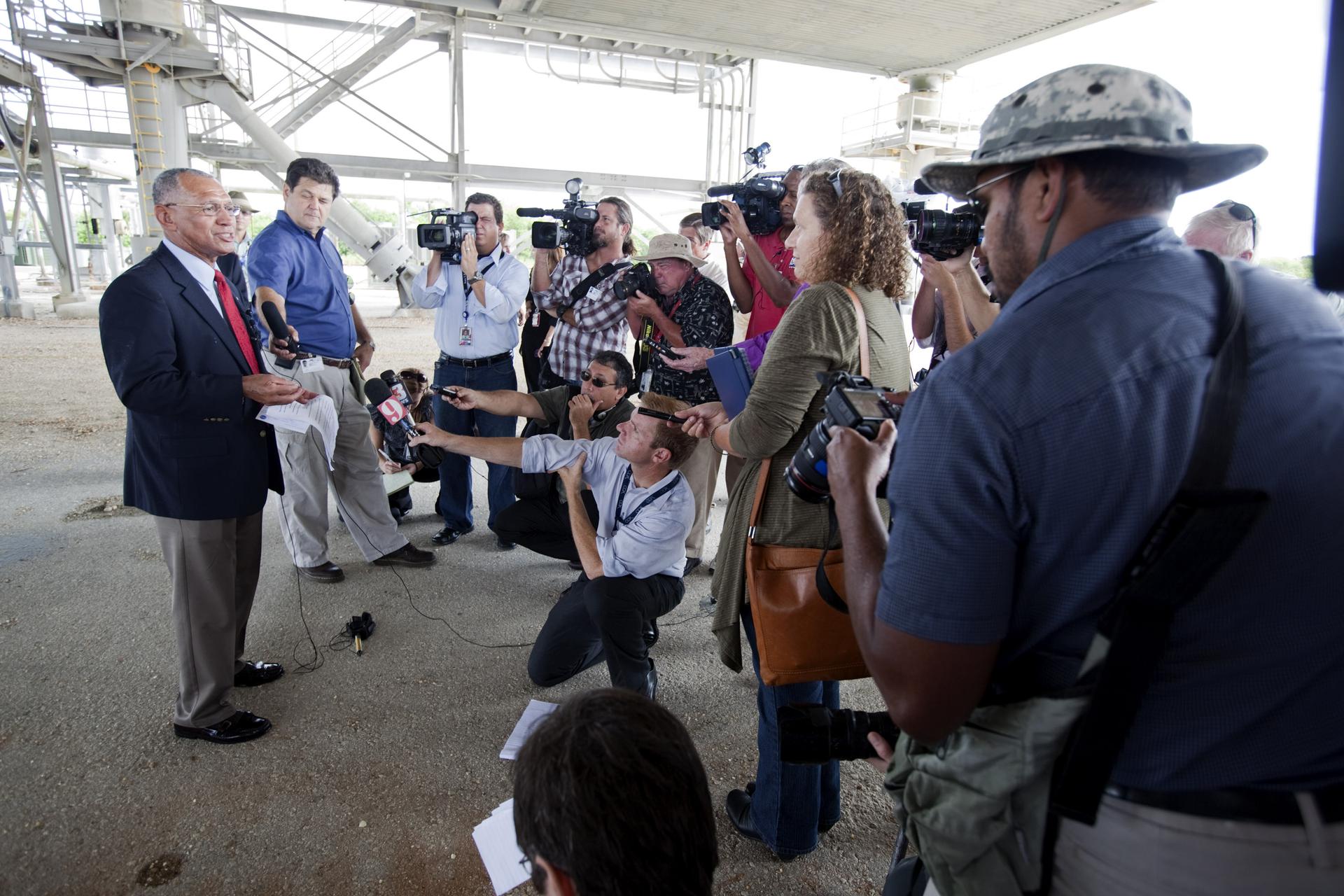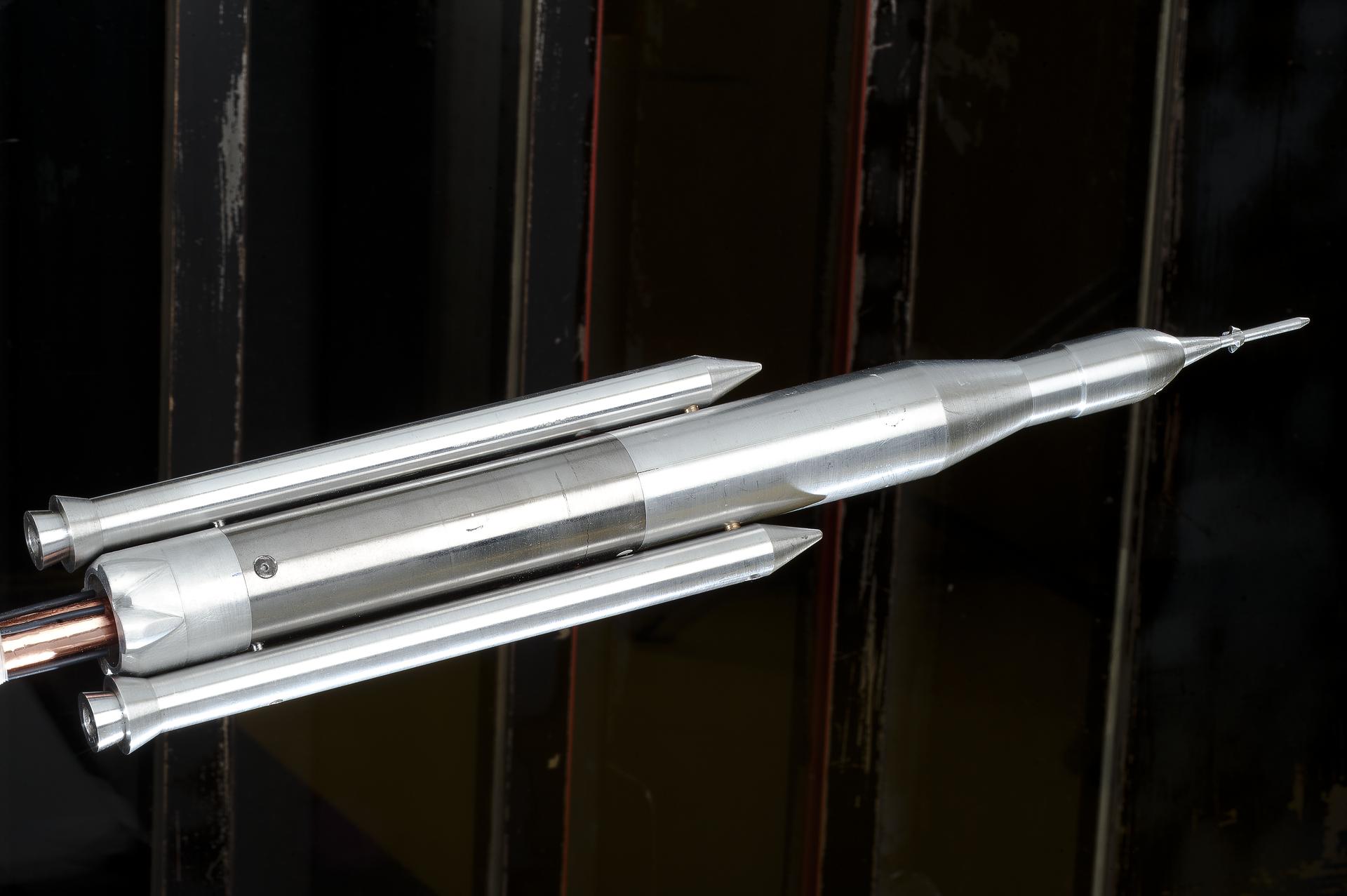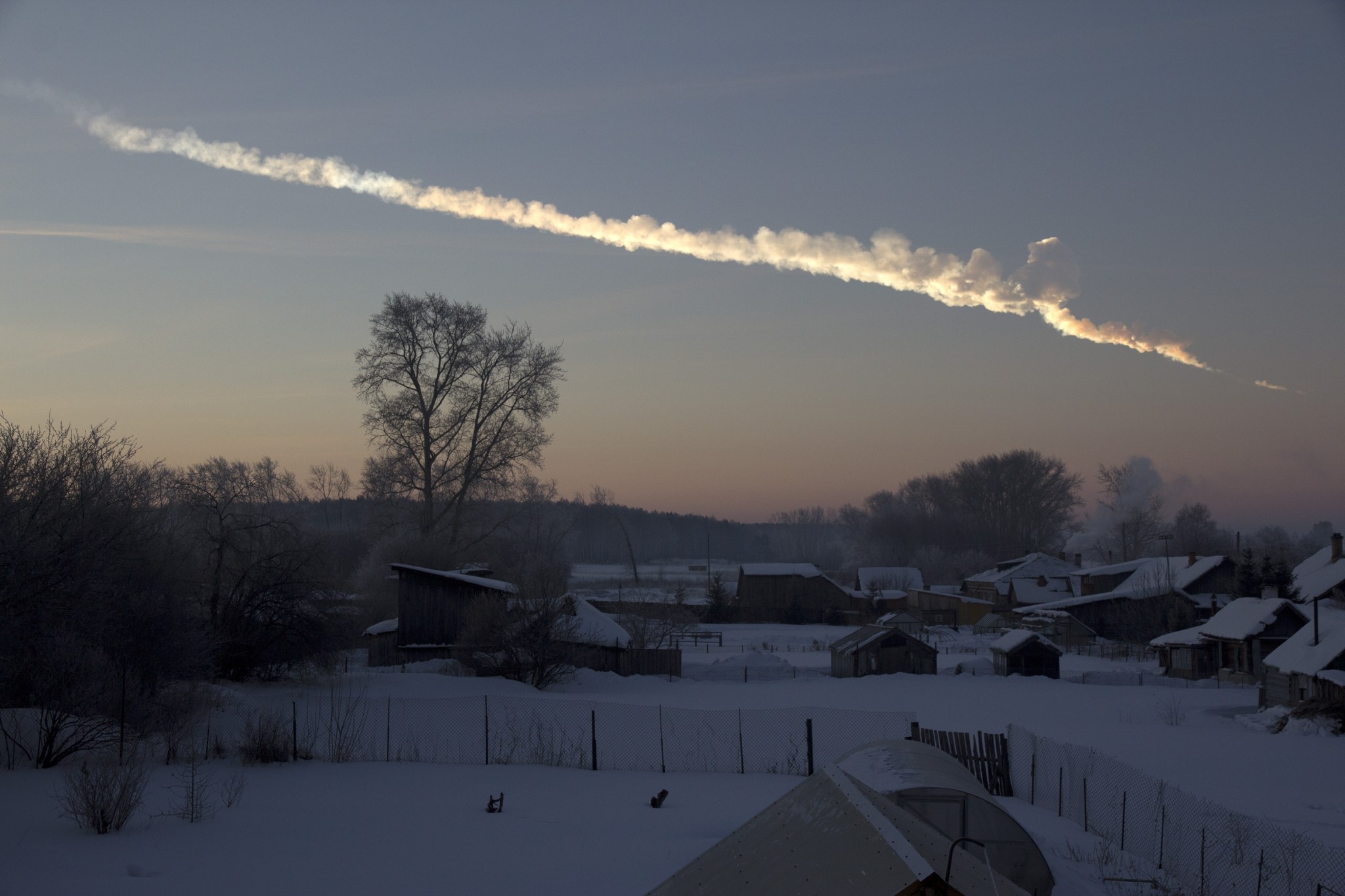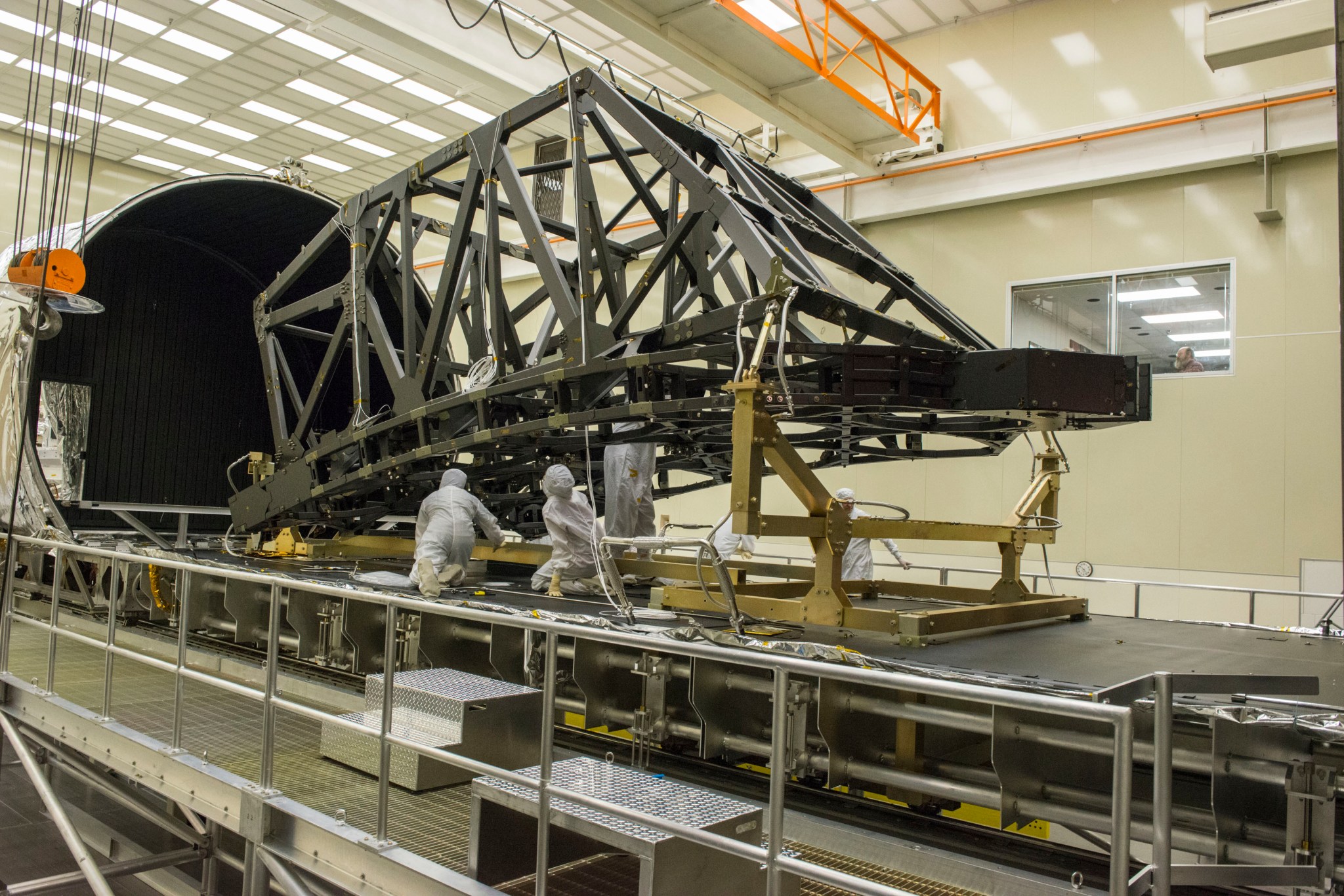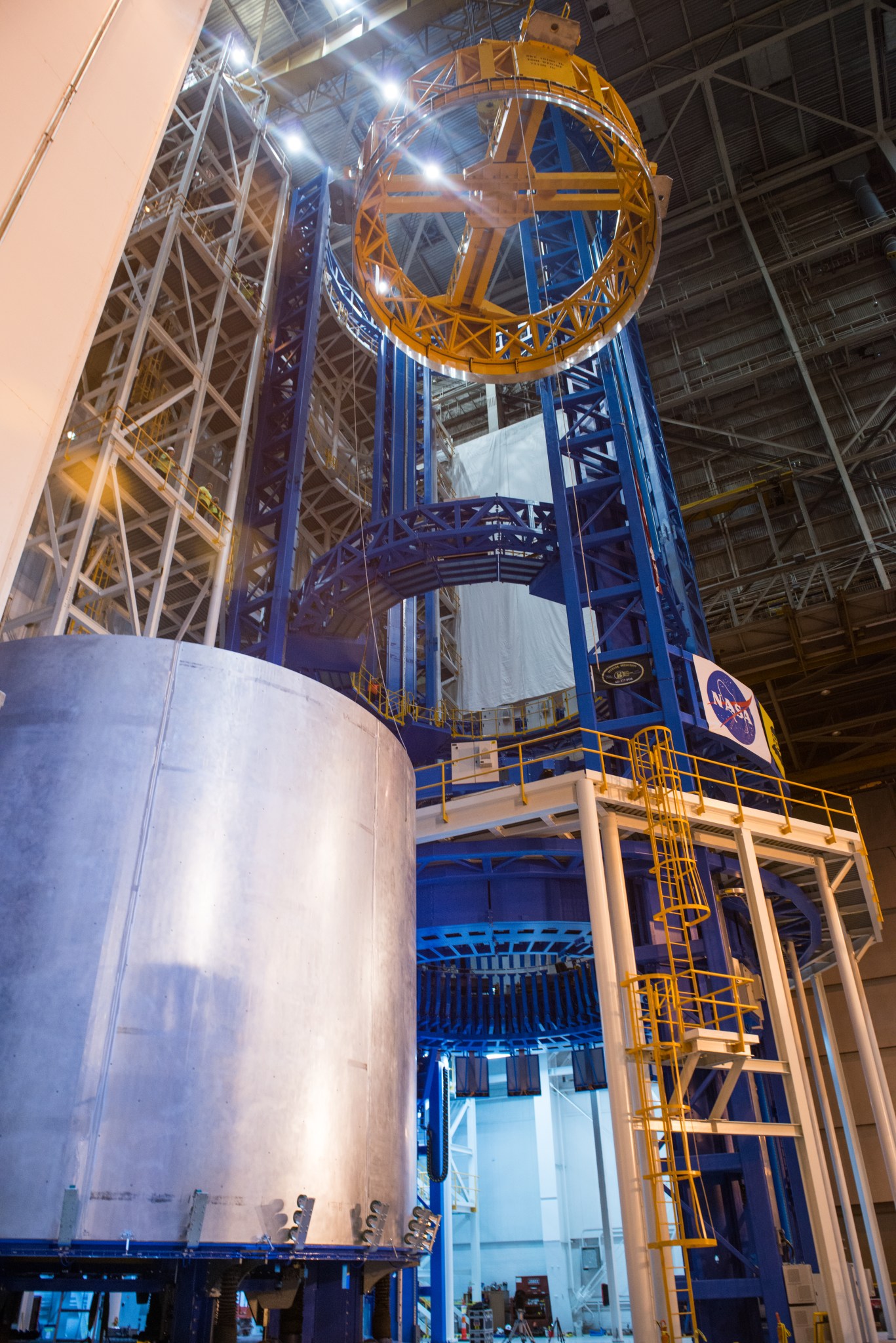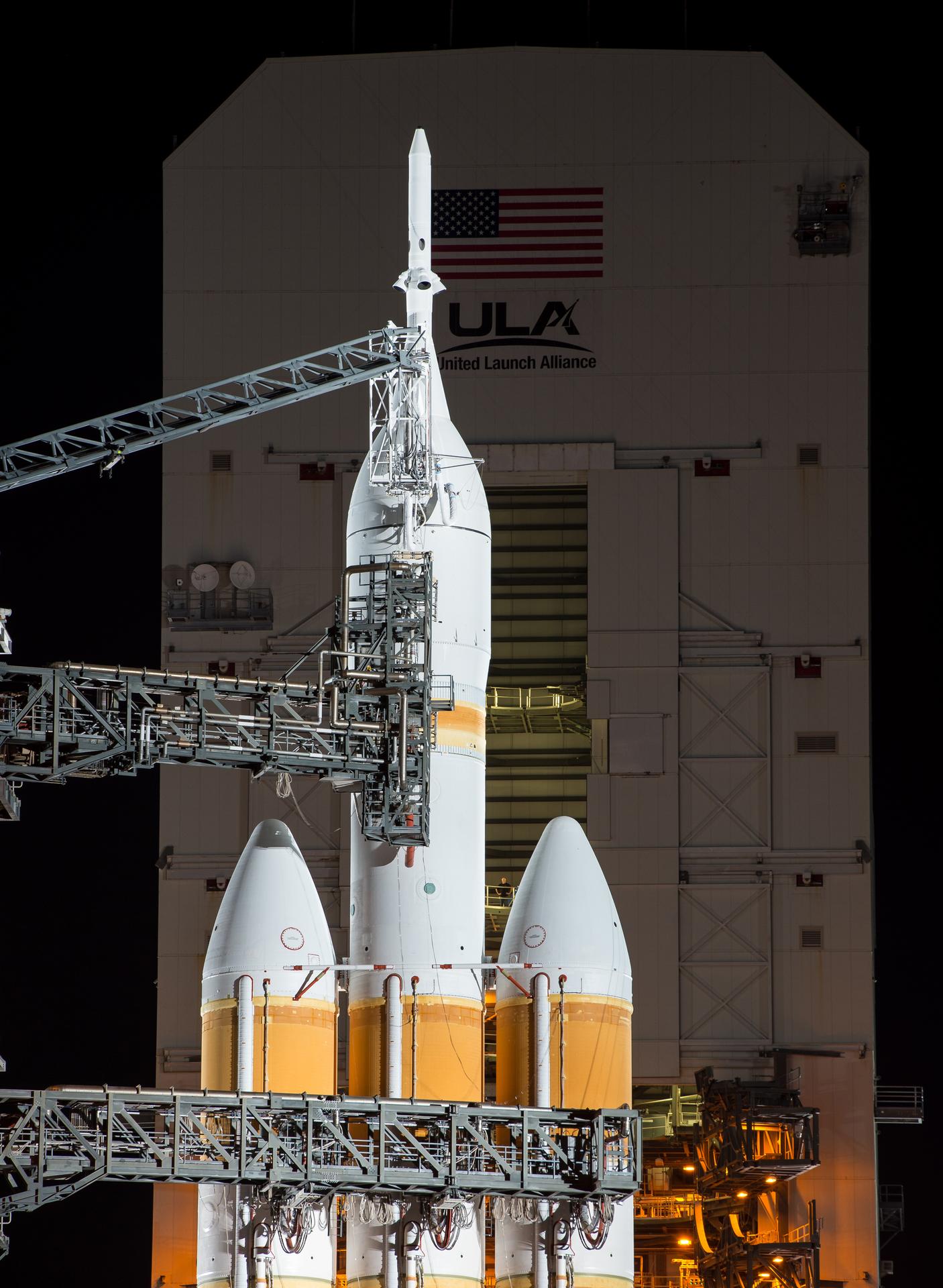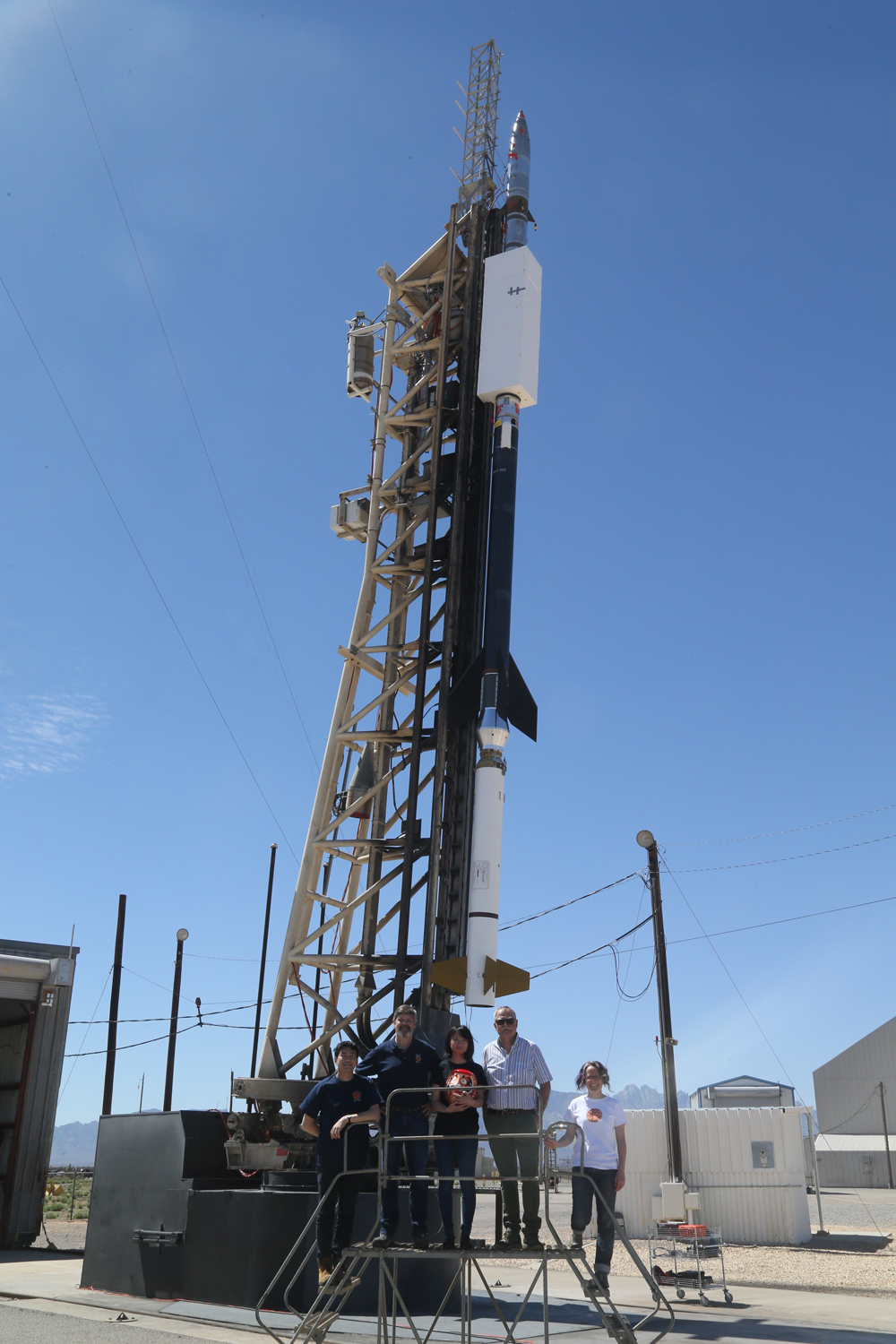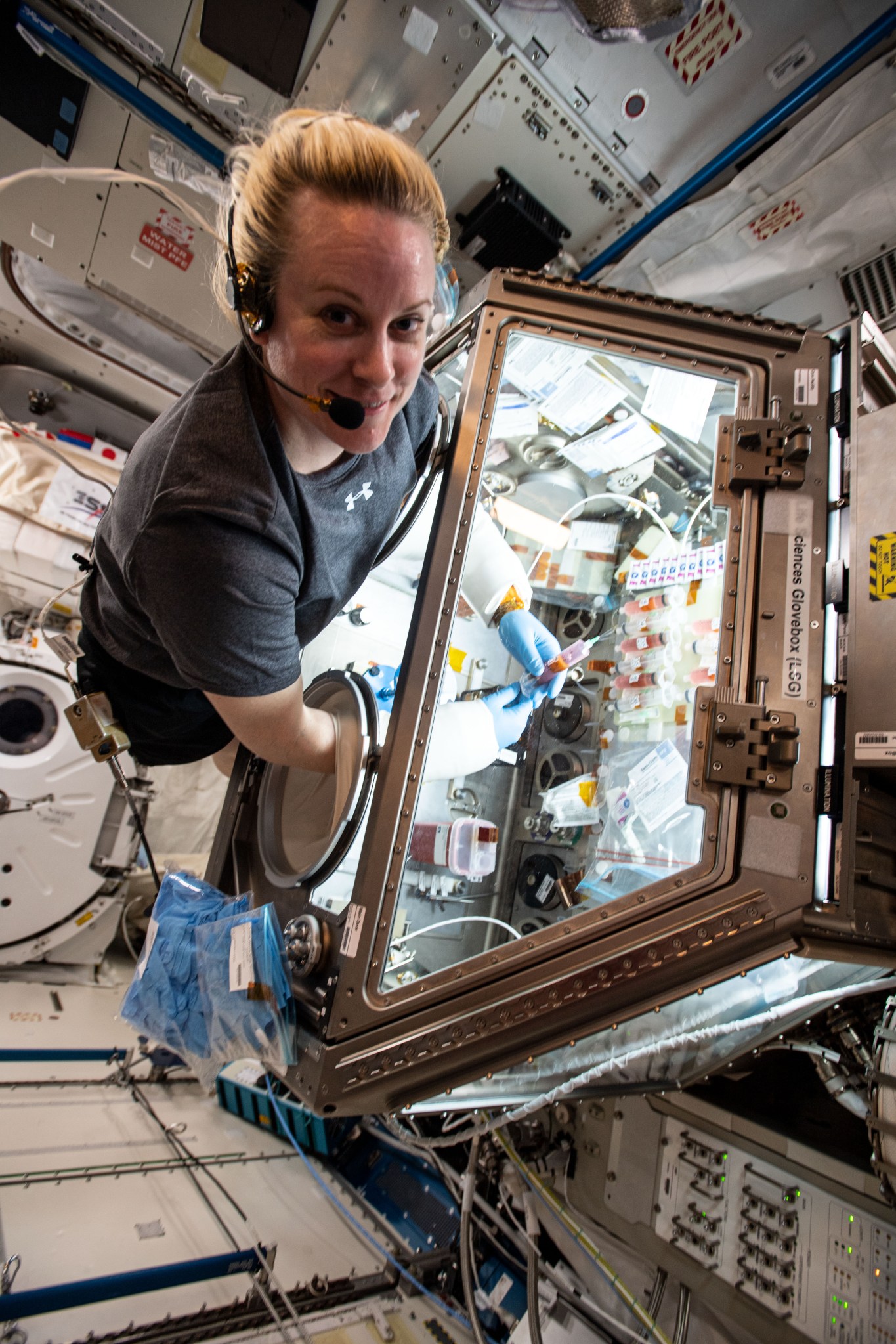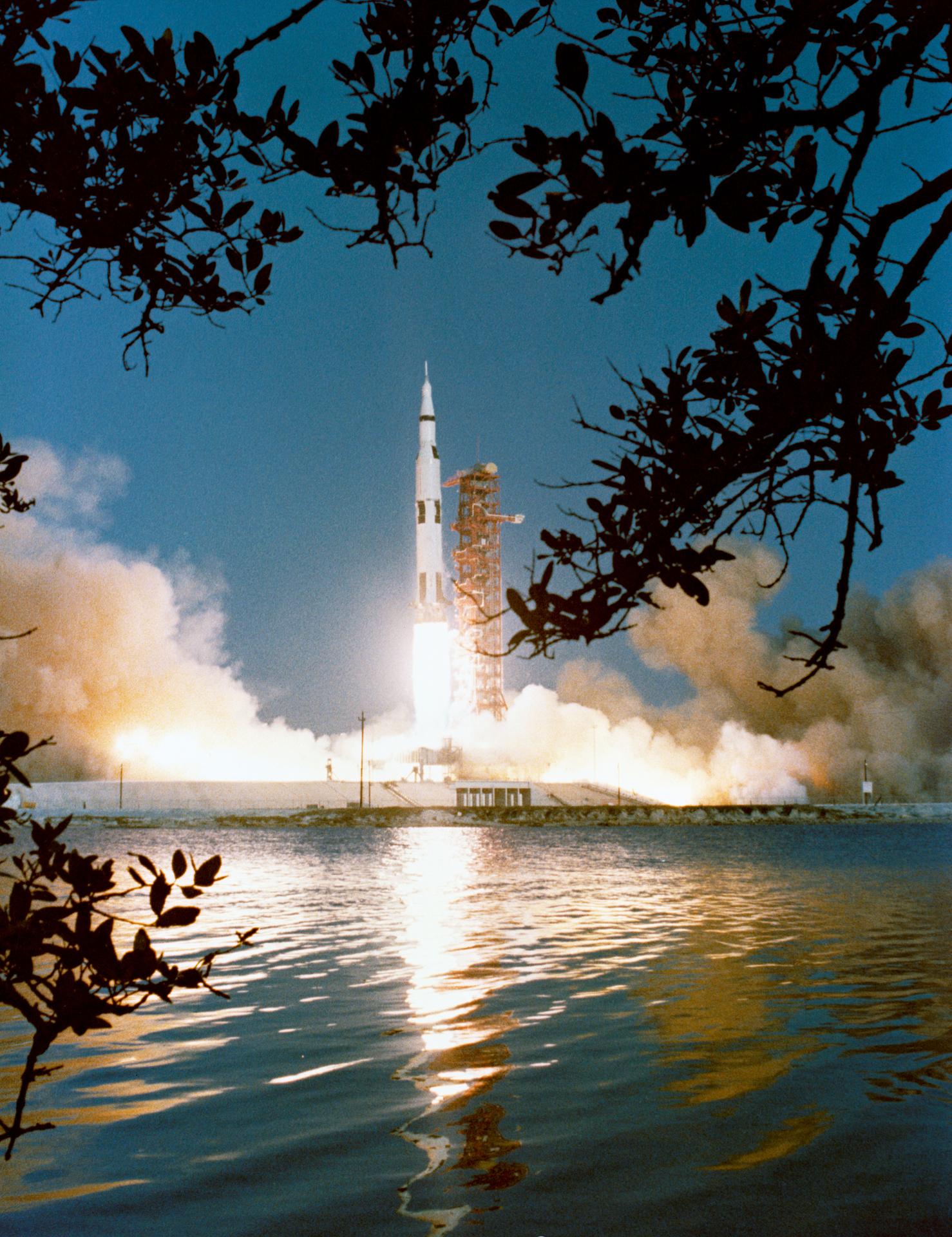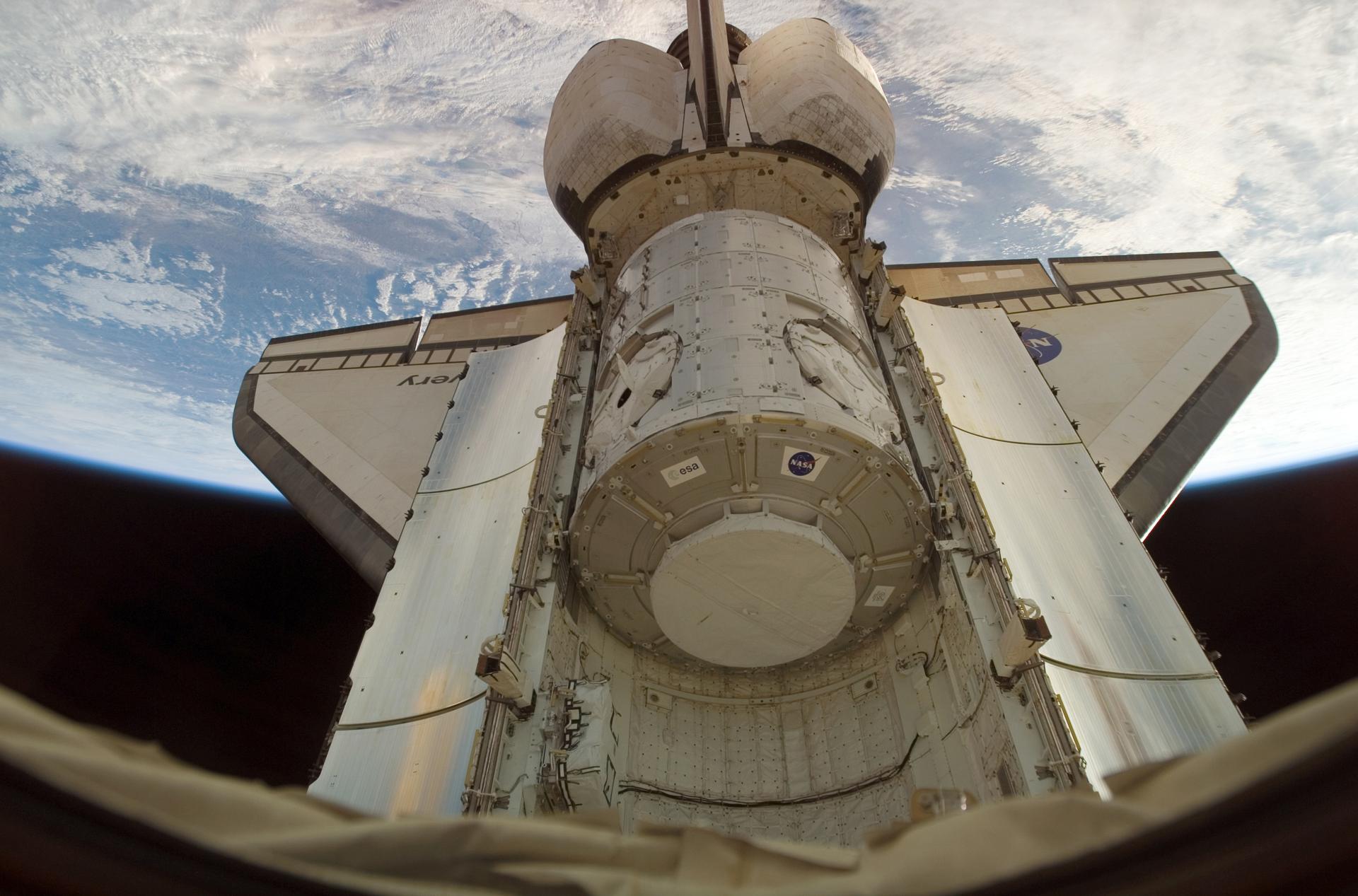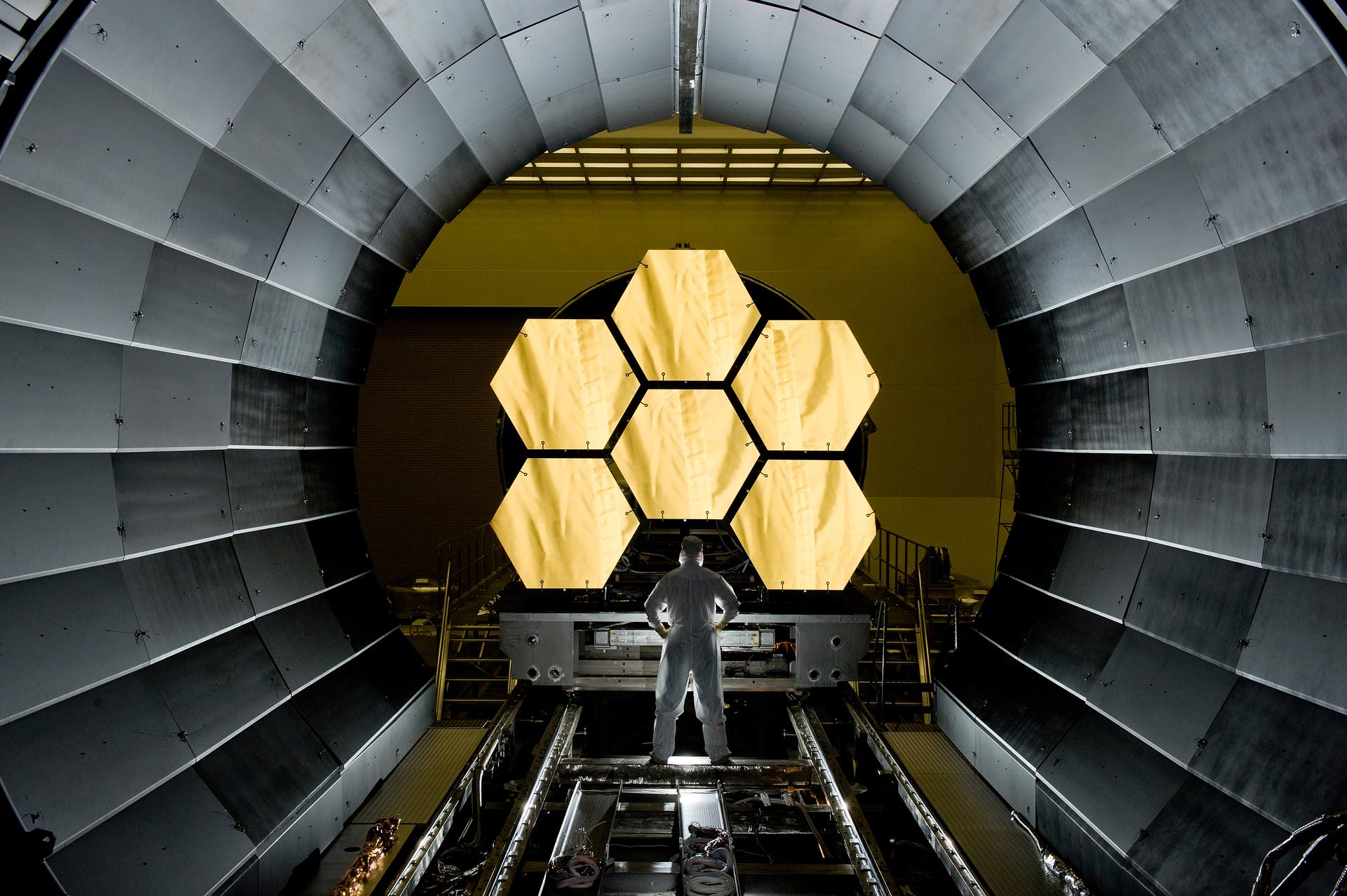Feb. 12, 2010:
ISS Node 3, better known as the Tranquility module, is delivered to the International Space Station on this date, hauled to orbit by space shuttle Endeavour during STS-130. Node 3 added regenerative life support systems – many of which were developed at Marshall – plus an exercise space and, to the delight of the astronaut crew, the Cupola observation module. The large, Earth-facing windows in this unique element provide each station expedition crew with stunning views of Earth 250 miles below – a welcome reminder of loved ones back home and the core reason NASA pursues its mission in space. The Tranquility module was managed by Marshall and designed and built by Italian contract firm Thales Alenia Spazio in Torino, Italy, under a NASA agreement with the European Space Agency.
July 8, 2010:
The final external tank, serving the very last space shuttle flight, rolls out of NASA’s Michoud Assembly Facility in a poignant-yet-buoyant celebration overseen by Marshall and Michoud managers and hundreds of team members. Workers completed final checkout and certification of the tank, designated ET-138, on June 25 and readied it for its 900-mile sea journey by barge to NASA’s Kennedy Space Center for integration with shuttle Endeavour. In its 38-year history, Martin Marietta Corp. workers built, certified, and delivered a total of 136 of the 15-story-tall external tanks for NASA’s Space Shuttle Program, the last of which would fly in 2011.
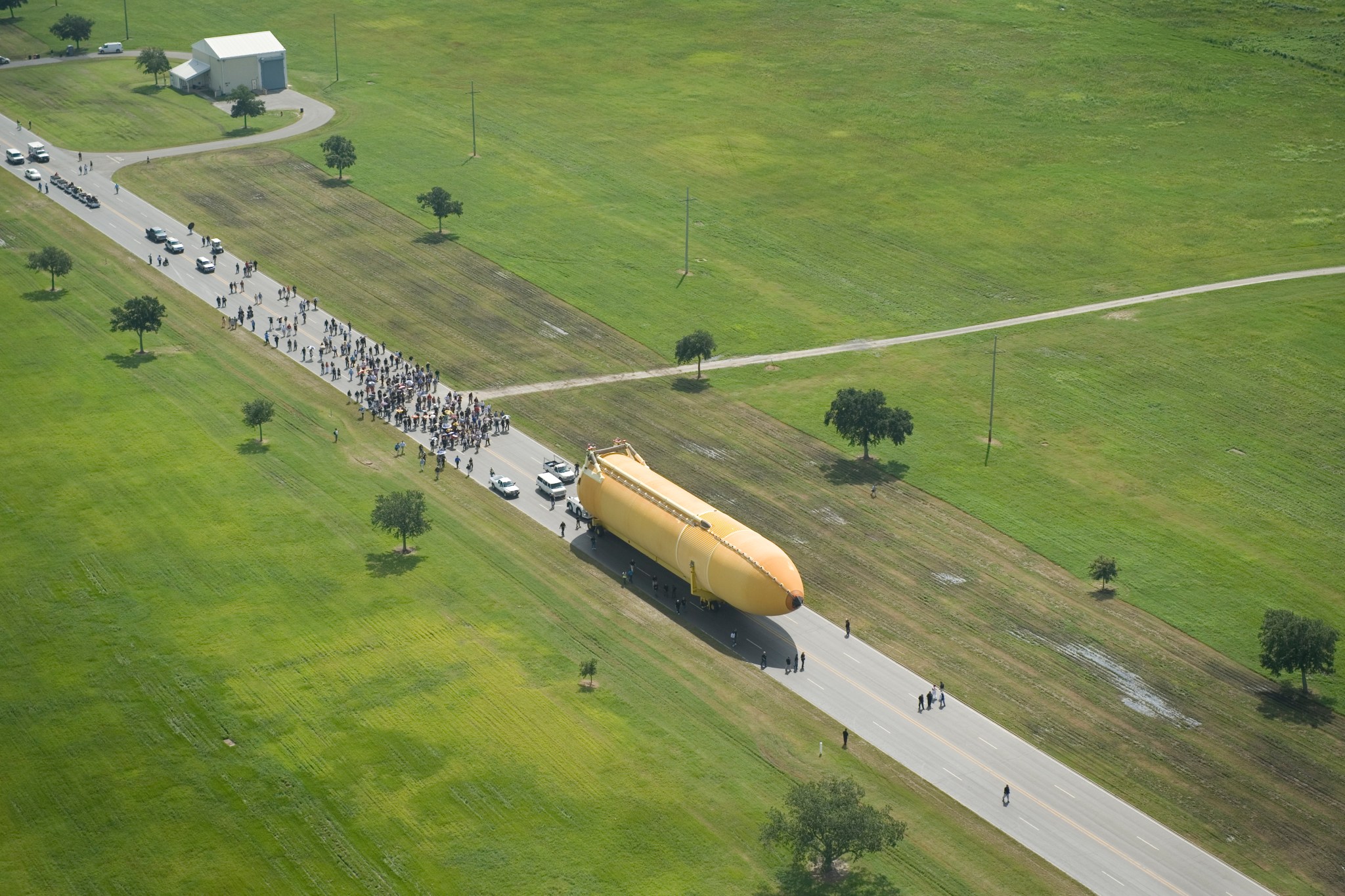
July 30, 2010:
NASA’s Solar Ultraviolet Magnetograph Investigation (SUMI) launches via sounding rocket on this date from White Sands Missile Range in New Mexico. SUMI was built by a team of Marshall solar physicists and engineers to measure magnetic fields in the chromosphere, the transition region between the Sun’s corona and its actual surface, known as the photosphere. SUMI was uniquely designed to make exploratory measurements in this region, in which temperatures can fluctuate from tens of thousands of degrees Fahrenheit to several million. It’s also where solar flares and coronal mass ejections are suspected to originate – potentially threatening Earth satellites and spacecraft.
July 21, 2011:
Space shuttle Atlantis touches down on Runway 15 at NASA’s Kennedy Space Center Shuttle Landing Facility, concluding the STS-135 mission and NASA’s Space Shuttle Program. The shuttle flew 135 times between 1981-2011, inspiring generations as its crews conducted a wide variety of science operations and made unique advances in global cooperation. Perhaps the program’s greatest achievement was the completion of the International Space Station, made possible by 37 dedicated shuttle flights to deliver the modules, truss segments, and other elements necessary to assemble the station in orbit. The close of the shuttle program effectively concluded assembly of the space station, which since 2000 has been a temporary home to 72 expedition crews and counting, comprising more than 250 individuals from 19 countries. Station personnel have overseen more than 3,000 research investigations led by scientists on the ground from more than 108 countries. Marshall managed space shuttle propulsion for the entirety of the program and was instrumental in managing, building, testing, and integrating space station lab modules, storage racks, science facilities, and Environmental Control and Life Support Systems (ECLSS).
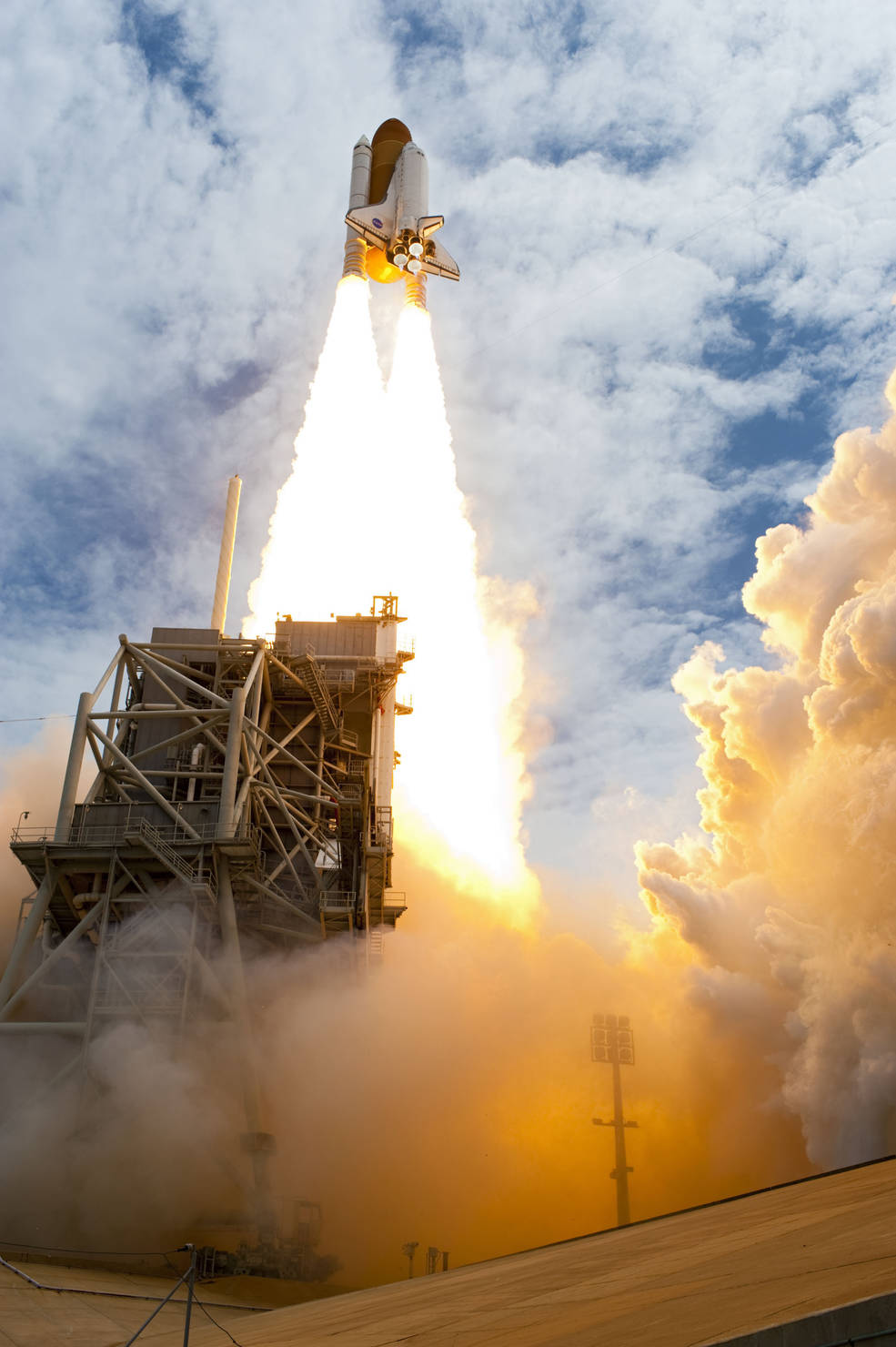
Sept. 14, 2011:
Former NASA Administrator Charles Bolden formally announces plans to begin development of the Space Launch System, the U.S. space program’s new flagship launch vehicle. Building on Ares I and Ares V rocket development work conducted at Marshall from 2004-2010 – plus the center’s storied history of propulsion and launch vehicle design dating back to the Redstone and Saturn rockets – Marshall is tapped to lead development and oversee all work on the Space Launch System. The most powerful rocket ever built, SLS is the backbone of NASA’s Artemis program, set to carry the first woman and first person of color to the Moon’s surface in 2026 and help establish a permanent outpost there, and make possible new, crewed journeys to Mars, in the years to come.
Feb. 15, 2013:
Members of Marshall’s Meteoroid Environments Office are part of an international coalition of space scientists tapped to gather and analyze information about the size, power and impact of a sizeable meteor which exploded on this date over the city of Chelyabinsk, Russia. More than 1,600 people were injured and more than 7,200 buildings received structural damage from the house-sized meteor – which provided an invaluable opportunity for NASA and its partner agencies to study and raise awareness about a rare but natural hazard that could threaten lives, property, and resources around the world. Rogue asteroids, especially those coming our way from the direction of the Sun, could pose a significant threat because they would be difficult to detect until they come very close to Earth. NASA’s DART spacecraft, funded by the Planetary Missions Program Office at Marshall and launched in 2021, demonstrated the ability to shift an asteroid’s orbit when it slammed into the Dimorphos asteroid on Sept. 26, 2022, nudging it onto a different trajectory. Such technologies could be critical in protecting our planet from potentially disastrous impacts.
Dec. 1, 2013:
On this date, Marshall teams in the X-ray & Cryogenic Facility (XRCF) complete testing of the primary mirror backplane, the “spine” of NASA’s James Webb Space Telescope. It’s the last piece of Webb telescope hardware to undergo cryogenic testing at Marshall, which has been rigorously testing mirror segments and other components since 2008, using dedicated vacuum chambers to subject them to the kind of hyper-cold atmospheres the telescope can expect to endure throughout its mission in space. The XRCF is one of the only places on Earth where such large components can be tested in a simulated space environment. The James Webb Space Telescope was launched Dec. 25, 2021, to study the origins, history, and evolution of the universe itself.
Sept. 12, 2014:
Agency workers and officials at NASA’s Michoud Assembly Facility take a break from work on the core stage of NASA’s Space Launch System on this date to participate in the grand opening of Michoud’s new Vertical Assembly Center, a 170-foot-high marvel of machinery used to weld and assemble SLS fuel tank elements and conduct final assembly evaluations. More than 200 feet tall, with a diameter of 27.6 feet, the SLS core stage stores cryogenic liquid hydrogen and liquid oxygen to feed the vehicle’s powerful RS-25 engines.
Dec. 5, 2014:
NASA successfully conducts Exploration Flight Test-1 (EFT-1), a technology demonstration mission and the first automated, non-crewed flight test of the crew module portion of the Orion spacecraft. EFT-1 was launched via a Delta IV Heavy rocket from Space Launch Complex 37B at Cape Canaveral Air Force Station to conduct a four-hour, two-orbit test of the Orion crew module, NASA’s next-generation spaceship designed to carry astronauts to the Moon and eventually to Mars.
Sept. 3, 2015:
A team of NASA scientists and international partners conduct a sounding rocket flight above Earth’s atmosphere on this date to send up a high-precision science instrument called the Chromospheric Lyman-Alpha Spectro-Polarimeter (CLASP). Developed and built at Marshall, CLASP obtained the first-ever measurements of ultraviolet light emitted from the Sun’s outer atmosphere. Using this new technique, heliophysicists – who study how our dynamic star drives change in the very physics of space around Earth and other planets – now can answer fundamental questions about the chromosphere. Additional CLASP studies of the chromosphere were launched via sounding rockets in April 2019 and October 2021. Marshall leads CLASP with contributions from Japan, Spain, and France. NASA’s Heliophysics Division manages the sounding rocket program, which is led at the agency’s Wallops Flight Facility in Virginia.
Sept. 22, 2018:
NASA’s Life Sciences Glovebox is flown to orbit on this date via a Japan Aerospace Exploration Agency (JAXA) H-IIB rocket launched from Tanegashima Space Center in southern Japan. The Life Sciences Glovebox, designed, built, and managed by Marshall and now installed in the International Space Station’s Kibo module, offers 15 cubic feet of workspace – roughly the size of a large fish tank – and is accessible by multiple glove ports on the front and sides. It primarily aids research on the long-term impacts of microgravity on human biology, helping researchers develop new ways to protect human explorers during deep-space missions. Installation of the second glovebox has eased demand on the Microgravity Science Glovebox, which has been in continuous use on the station since in 2002.
More Marshall Decades
Marshall 65
For 65 years, NASA’s Marshall Space Flight Center has shaped or supported nearly every facet of the nation’s ongoing mission of space exploration and discovery, solving the most complex, technical flight challenges and contributing to science to improve life and protect resources around the world.
Learn More about Marshall 65